|
RTI is a comprehensive and multi-tiered early detection and prevention strategy used to identify struggling students and provide intervention prior to the students falling behind. RTI combines universal screenings with high-quality instruction for all students with interventions targeted for struggling students (MTSS).
Here are the basics...
Tier One - reading instruction provided to all students. Instruction should be a high quality evidence-based reading instruction program with balanced, explicit, and systematic reading instruction that promotes both code-based and text-based strategies for decoding, word identification, and comprehension.
Tier Two - supplemental, small group reading instruction aimed at building foundational reading skills required to meet the general education expectations. Participating students demonstrate weaknesses on screening measures or in progress in the Tier One curriculum. Tier Three - interventions provided to students who do not progress after a reasonable amount of time with Tier Two instruction and require more intensive support. If difficulty persists after intensive intervention, students should be evaluated for Special Education eligibility. Things to consider...
*All tier curriculum should be high-quality and research-based
*All tier groups should be flexible *Tiers 2 & 3 should have consistent progress monitoring of small group instruction (It is recommended that Tier 2 be assessed monthly) *It is recommended that Tier 2 students receive small group 3 to 5 times weekly for 20 to 40 minutes *Tiers 2 & 3 instruction should be... **systematic - building skills gradually; introducing them first in isolation and then integrating with other skills to provide practice and generalization **explicit - involving a high level of teacher-student interaction with frequent opportunities to practice the skills and receive clear, corrective feedback *For Tier 3 students, recommended instruction times range from 45 to 120 minutes per week. In most cases, it is recommended to offer a “double dose” of reading time (introduce skills during one session, re-teach with added practice during the second session *Include opportunities for extensive practice (10 to 30 times as many practice opportunities as peers) and high-quality feedback with one-on-one instruction (or small group if necessary). *Scaffolded instruction is recommended using multi-sensory supports. *Targeted comprehension proficiencies (summarizing, use of story grammar elements, vocabulary development, listening comprehension development) need to be part of Tier Three interventions. More things to consider...
RTI & MTSS can be overwhelming for classroom teachers and schools!
Grab this RTI Response to Intervention in Reading Implementation Guide provides educators and schools with a step-by-step guide for implementing a Response to Intervention model paired with a Multi-Tiered System of Support for ALL students in reading! Use this guide to learn how to monitor and remediate student progress! This guide will give you everything you need to implement RTI and monitor students' progress in your classroom or school.
1 Comment
7/4/2019 4 Comments 5 Reasons Fountas & Pinnell Should NOT be used to Refer Students to Special EducationThe Fountas & Pinnell Benchmark Assessment System has been popular literacy assessment over the years. This universal screener is administered individually, requiring about 20 – 40 minutes per student. The screener includes an oral reading component and a comprehension component. When taken together, these two components provide an instructional level for each student (independent, instructional, frustrational). The Fountas & Pinnell Benchmark Assessment System is similar to a running record, but… A Fountas & Pinnell reading level should NOT be the determining factor for a Special Education referral! F&P is Subjective! The Fountas & Pinnell Benchmark Assessment System is a subjective measure. This is because there is no right or wrong answer, and a teacher’s beliefs, assumptions, emotions, and opinions can influence the outcome of the score. Objective assessments have a single correct answer. Think true or false, multiple choice, and matching questions. Subjective tests include extended response questions and essays, or in other words, the Fountas & Pinnell Benchmark Assessment System. In addition, many of the benchmark tests include some inherent bias toward culture, background knowledge of the student, etc. In addition, at the start of the year, students can be hesitant to talk to a new teacher, while some students are shy all year! The open ended questioning format of the test can be biased against shy students, students lacking language, and others. The personality of a student can impact the outcome of the assessment. F&P is Only One Data Point As teachers, we know that one data point cannot be used to make an educational decision. Good teachers use numerous types of data from many sources to determine student strengths and areas to improve. How often does a student score one way on the Fountas & Pinnell Benchmark Assessment System, but is unable to read that same level of authentic text? Self-Correction Scores Do Not Impact F&P Reading Levels Self-correction is not taken into account when determining a student's reading level in the Fountas & Pinnell Benchmark Assessment System. Some students are able to achieve high accuracy and high comprehension scores, despite also demonstrating a high self-correction rate. Self-correction in reading is a good skill that teachers love to see. It shows us that students are visually attending to the text and self monitoring for meaning of the text. Typically, a high self-correction rate impacts comprehension, but for some students, it does not. This can mean that a student is reading “too fast” and not attending to the text for phonics (decoding) principles. This should indicate to a teacher that the student requires explicit instruction in attending to the text and may indicate a need for explicit instruction of phonics skills noted in the self-corrections on the running record. F&P is NOT Norm-Referenced The Fountas and Pinnell Benchmark Assessment is a criterion-referenced tests. Such tests are designed to determine if a student has a set of skills. A norm-referenced assessment compares the student’s performance to other same-aged students. Fountas & Pinnell Benchmark Assessment System touts itself as just that - a benchmark assessment! This means that it can be used to measure student progress against a grade level or learning goal. Benchmark assessments, like the F&P, are interim assessments and should be given in between formative and summative assessments. The F&P Benchmark Assessment is based on empirical research on language development, vocabulary expansion, reading acquisition, and reading difficulties. The assessment system has been field tested, but there is no empirical evidence on it. There are NO F&P Police The F&P Benchmark Assessment does have directions for administration; however, as teachers, we know that every student is different, and not every student follows the rules! What happens when a student makes an error on the same word repeatedly? Does this count as multiple errors or just one? What happens when the fluency rate is extremely low, but the accuracy and comprehension scores meet expectations? So who do we go to with our questions about the students who do not follow the F&P rules? Many schools have literacy coaches, but every coach seems to have their own interpretation and answers to our questions! For instance, I was once told that we stop assessing a student when he/she has achieved one year above grade level, even if we think this student could read at a higher level. Is this right? While scores may have F&P norms in place, who is enforcing them? Are they F&P’s rules? And doesn’t this just add to more subjectivity? Fountas & Pinnell Should NOT be used to Refer Students to Special Education Independent studies examining the usefulness of the Fountas and Pinnell Benchmark Assessment System as a universal screener are limited. Furthermore, in studies, using F&P to identify students as at-risk have resulted in moderate sensitivity, or unacceptable rates of identification (Burns, et al., 2015). Fountas and Pinnell reading levels are one descriptor of a student’s reading ability, but it should not be our sole indicator. Its purpose is to inform instruction for teachers, relay to teachers, students, and families which skills are important to master, and express a student’s progress towards those learning goals, not to determine Special Education eligibility. By Miss Rae References: Burns, M. K., Pulles, S. M., Maki, K. E., Kanive, R., Hodgson, J., Helman, L. A., Preast, J. L., (2015). Accuracy of student performance while reading leveled books rated at their instructional level by a reading inventory. Journal of School Psychology, 53, 437-445. Center on Response to Intervention: Screening Tools Chart (https://rti4success.org/resources/tools-charts/screening-tools-chart) Klingbeil, D. A., McComas, J. J., Burns, M. K., & Helman, L. (2015). Comparison of predictive validity and diagnostic accuracy of screening measures of reading skills. Psychology in the Schools, 52(5), 500-514. http://doi.org/10.1002/pits.21839 Parker, D. C., Zaslofsky, A. F., Burns, M. K., Kanive, R., Hodgson, J., Scholin, S. E., & Klingbeil, D. A, (2015). A brief report of the diagnostic accuracy of oral reading fluency and reading inventory levels for reading failure risk among second- and third-grade students. Reading & Writing Quarterly, 31, 56-67. 5/2/2019 2 Comments I Hate Teaching Writing!Using Genre Study & Interactive Writing
I hate teaching writing, and I know it’s not just me.
Many teachers hate teaching writing. There is no magic button that activates brainstorming. Snapping your fingers won’t make the ideas organize into cohesive thoughts. It takes more than a twitch of a nose to pull, drag, and yank the words out of some of our students. And only if you could hold their hands to write, maybe then you could read it. Writing includes many processes from reading to spelling. It also involves varying skills from the basic tasks of writing such as letter formation (or in today’s world, this could include typing) to spelling and grammar to sentence and text structures. And these are only some of the processes and skills involved in writing. Since writing is comprised of so many intricacies, it is important to teach writing through a mixed approach. Students should progressively learn different forms of writing or genres by moving from product to process to product. Insert your thought bubble here: “That’s great, but what does that look like in the classroom?” Well, here’s the format I use for teaching writing (and, I don’t hate it): Genre Study The model I use is a genre study, tweaked to meet my students’ needs. Genre studies examine structural elements for patterns in collections of texts through an inquiry-based strategy. Common elements discovered across texts are what define genre. Essentially, each genre reflects participate language conventions or style and is written for a particular audience and purpose. After I have chosen the genre (i.e. narrative, argument) we are focusing on, I choose the texts that are the best models of that genre. For example, Little Red Riding Hood is a great model text for the genre of fairy tales. On immersion day, we are swamped with sample texts of our genre. For example, if we are writing narratives, I will provide students with varying examples of narrative texts. Examples include trade books, picture books, printed short stories, etc. I also incorporate technology through Google Classroom links to interactive stories online, text online, etc. Immersion may also include a read aloud of a mentor text for the genre. Students can take notes on what they notice about the text, or they can just observe. My students act as research scientists. At first, they just submerse themselves, skimming some texts, reading others, noticing the front covers or the inside illustrations. Then, they dissect the samples, taking notes as they go (i.e. I noticed many descriptive adjectives in the texts). We oscillate from independent research to group collaboration of ideas. After immersion, we discuss what we noticed about our genre as a whole group. As the teacher, I guide the discussion, facilitating key ideas of the genre to emerge and assure inclusion of innovative student observations, all the while creating an anchor chart of what we believe defines the genre. This chart remains posted throughout the year, and we add to it as we learn and become better writers. I then continue immersion by dissecting genre models. We begin with guided practice where I read aloud a genre mentor text and I model note taking my thoughts on the genre. Then, students work in collaborative groups, dissecting text samples in order to gain more exposure to the genre. Interactive Writing After students have gained an understanding of a genre’s language, audience, purpose, and style, we learn to become authors of this genre. My first step in transforming students into authors is to model writing the genre through interactive writing. Basically, we write a piece of text for the genre as a whole group. This models the writing process for the genre. Similar to the think alouds we use to model reading at the lower levels, interactive writing enables educators to model how good writers write. Students can help to write the piece in order to hear their voices as well as practice being writers. Interactive writing pieces can be considered exemplars for your students as well. Instead of using student samples as models or exemplars, consider using your interactive writing pieces. We use our lists or anchor charts of the key ideas that define the genre to create a rubric as a class to assess whether we met expectations for writing the genre. This gives students’ ownership over their learning and provides them with guidance for each stage of the writing process, including independent writing. Interactive Writing comes next, and this is considered guided practice. During this step, students write texts in stages. For example, when teaching narrative text, I will model writing a hook for a piece of text. We will discuss other hooks I could write. I will include student examples. Then, I will release the students to write a hook of their own. Students can write with a partner, in groups, or independently during this stage, depending on the groups’ needs. After we have written our own hooks, we will share some, giving feedback. Then, I will model writing the introduction through the interactive writing process. I will then have the students try it, share out, and discuss. I continue this process until we have a completed writing sample of the genre. Independent Practice The last step is to write! Students become authors and produce a final writing product, modeling the genre. I release my scaffolded supports to independent practice. For mini-lessons while students are in the independent writing phase, you can edit and revise the Interactive Writing pieces you wrote as a whole group. While independent, teachers can target writing skill needs. Lagging skills in writing should be targeted through small group and sometimes, specialized instruction. Deficits in writing should be supported with accommodations and/or modifications. So with this model, my feelings on teaching writing have changed...now, you can say I actually love teaching writing! ~ By Miss Rae
How do I find the time to teach Science and Social Studies???
How do I find the time to cover all of the curriculum, nevermind actually teach it??? How do I get my students to work cooperatively together??? How do I get my students to work together to learn together??? Well, I have the answer. Get your students to work together to learn together using the jigsaw reading teaching strategy! Plan: Every student will work in an Expert Group to become an “Expert” on a topic or skill. These students will all read the same text together, determine the main idea, and then, use their expert knowledge to teach the students in their Home Groups about the topic or skill. First, make your Expert Groups Expert Groups should consist of 3-5 students who similar reading abilities. Essentially, these should be homogeneous groups. Next, find a set of reading selections on the content you are teaching. For example, if you are studying Plants, perhaps one Expert Group reads about the parts of the plants and their functions, another Expert Group will receive a text about the life cycle of a plant, and the last Expert Group will read a text about adaptations of plants. These should be short texts. Think the length of an article in a magazine! Note: It is important that the reading material assigned is at appropriate instructional levels (90–95% reading accuracy). I use sections from textbooks, chapters from novels, or websites with FREE non-fiction articles like...Newsela (https://newsela.com/) or ReadWorks (https://www.readworks.org/) Next, make your Home Groups. There should be one “Expert” from each Expert Group in each Home Group.
Launch:
Explain to students that they will be working in different cooperative groups to become “Experts” on a topic or skill Introduce the strategy and/or the topic to be studied. Explore: Then, group students into their Expert Groups and provide them with their assigned text to read. Give students an appropriate amount of time to read the assigned text. Provide students with highlighters, sticky notes, and/or a graphic organizer for notetaking. It should be explained to students that while reading their texts in their Expert Groups, they should be reading for main ideas, supporting details, and key terms. It is going to be the Experts’ jobs to teach other students about what they read. After the Experts have finished reading the text, students should work together in their Expert Groups make sure that all members of the group fully understand the ideas presented and are able to accurately summarize their learning. Note: You may provide key questions and/or a graphic organizers to focus the discussion. Next, students move to their Home Groups. While in their Home Groups, each student (or Expert) will report the information learned from their Expert text (or the text they read in their Expert Group). It is important to remind students that Home Group members are responsible to learn ALL content from one another. Using our Plant example, each Home Group should have one student from the Expert Group that read about the parts of the plants and their functions, one student from the Expert Group that read about the life cycle of a plant, and one student from the Expert Group that read about adaptations of plants. Each member of the Home Group is expected to learn about each topic or skill learned by the Expert. You may wish to prepare a summary chart or graphic organizer for each Home Group as a guide for organizing the Experts' information into a report of some sort. Summarize: Facilitate a whole class discussion to summarize the students’ learning. Ask Home Groups to report out about what they learned from each other!
OR try this variation to the Jigsaw Reading Cooperative Learning Strategy:
And there you have it!
You taught your students to work together to learn together! (Oh, and you taught content you didn’t even know you had time to teacher AND you did it all in one lesson!) Happy Teaching! Miss Rae
Mentors serve as good examples of skills for our students. Teachers are mentors. Parents are mentors. Books are mentors. No, you did not read that incorrectly!
For centuries, we have been reading aloud to kids. These books serve as mentors for all types of skills. Mentor texts entered educational lingo as a way to refer to the books that we read aloud to students as models for good writing. Today, we are learning to write non-fiction pieces. First, we will begin by looking at the way good non-fiction writers write by reading one of Gail Gibbons’ science texts! Later, we will practice writing as non-fiction writers. We will share and discuss our trials as we draft! A few years ago mentor texts reinvigorated as a way to teach students reading skills too. Today, we will be learning about summarizing. We will begin by reading the text Where The Wild Things Are aloud. We will then summarize the story using a graphic organizer. We will do this as a whole group, and then, you will practice the skill using your independent reading books. After that, we will gather together as a group and summarize (no pun intended) what we learned while practicing our skill. This sounds like an ideal lesson, right?! If I were looking to get observed, this may be the lesson plan I use, right?! Hmmm...but what about Tommy? There is no way he will sit for that long and only have 2 possible movement breaks! And what about Janey? She hates when I read aloud because she can’t sit still and always asks to use the bathroom during read alouds. And now that I think about it, there are always 3 of them that ask for a bathroom break whenever I read. Plus, these days I can only seem to hold their attention for less than five minutes? Sound like every teacher in the world? There are always those classes that cause you to let out an audible sigh at the end of every day as you flop your tired body and mind into your chair, only to become quickly overwhelmed by the stacks of to-do’s on your desk! Today’s learners require a circus act to hold their attention. They have grown up with technology at their fingertips; a world that moves faster than any superhero they have ever known! Visual mentor texts are a great tool for these learners! They provide a concise context for targeting literacy skills in the form of a visual mentor text which means they hold our students ATTENTION!
Visual Mentor Texts in READING… You can teach all reading skills from inferencing to theme using Pixar short films. For example, the Pixar Short Films For the Birds (2000) is a great visual mentor text to teach theme. A large dopey bird who wants to join in with a group of smaller birds. When he sits on their wire, the smaller birds become angry, pecking the larger bird’s feet. He drops, causing the wire to slingshot. The large bird falls to the ground intact while the smaller birds land minus some feathers! What is the message (Trick: THE MEssage) or theme?
Want to teach the skill of inferencing? One Man Band (2005) is a Pixar Short Films that can be used to teach inferencing AND has the most adorable little girl.
Visual Mentor Texts in WRITING…
Commercials can be another form of visual texts. Watch "Unsung Hero" (Official HD) TVC Thai Life Insurance 2014. The commercial profiles a seemingly poor man who fills his life with good deeds, changing the lives of others and making him rich with happiness! Tell the unsung hero’s story! AND use visual WORDLESS mentor texts in writing as prompts! Use visual mentor texts in writing that are lacking a conclusion and write one! Visual Mentor Texts in SCIENCE… Use these animations in science! Watch a short and ask: how many simple machines did you notice? What would be impossible in real life? Watch a portion of the movie Cloudy With a Chance of Meatballs (2009) to prompt a discussion about scientists or hypothesis! Visual Mentor Texts in HISTORY… Use visual mentor texts in history class. Relate the stories to concepts and people of our past to help make connections. The Pixar Short Films La Luna (2011) tells the story of a young boy who reaches for the moon. He is unsure of the lead to follow - his father’s or his grandfather’s. The film demonstrates the theme of finding one’s own path and can be related to many great historical leaders (MLK, Amelia Earhart…) and movements (the Underground Railroad, colonization). Visual Mentor Texts in SEL… Social Emotional Learning has become a core curriculum for today’s classrooms. As a result, SEL needs to be explicitly taught in isolation AND infused across the curriculum. Many of the Pixar Short Films examples I have shared have an SEL component. For the Birds prompts a discussion around bullying, differences, following the crowd, and the list goes on. One Man Band can incite a discussion around competition. The perseverance of the main character in Cloudy With a Chance of Meatballs demonstrates grit! La Luna is a great example of learning from the past. Warning! This does NOT mean I want you to throw out your picture books! One of my favorite moments is watching a middle schooler melt into a pile of sweet innocence as a teacher reads aloud one of their childhood favorites! However, there are those times, when you need a stronger strategy! Because unlike technology, teachers DO have superpowers! By Miss Rae The overarching goal of 21st century education is to equip today’s students with the ability to analyze, evaluate, and create; all of which are the highest levels of Bloom’s Taxonomy. Our states’ standardized testing assesses our students’ capabilities on Bloom’s high-ranking skills of analysis, evaluation, and creation through text-based constructed responses to open ended questions. For example, a student may be asked to explain the relationship between two characters in a text. Directions to this response will include citing evidence from the text to support the student’s answer. First, a student needs to read and comprehend the text. These are the lower levels of Bloom’s Taxonomy. Next, the student must analyze the text in relationship to the question and make an evaluation to answer the question. Finally, the student must create a written response that supports his/her claim. In order to begin building our learners toward mastery of high level educational learning objectives, we must support our students with appropriate and supportive instruction and environments. Think scaffolded supports! Learners do not just enter our schoolroom doors, equipped with these learning superpowers. Instead, we must teach our students to mastery. One strategy I keep in my toolkit is teaching students how to explain their reasoning, and here is one way I do that! First, I prep! I put quotes from our texts on chart paper. To incorporate some movement for my kinesthetic learners, I hang the quotes around the classroom. Students are partnered or grouped. They are then given 7 minutes at each quote. They must use this time to... -read the quote -discuss its meaning -narrow the meaning down to one sentence -write the meaning down, and finally… -support your answer with textual evidence. This activity allows my students to master the learning process with the support of their fellow learners, wrestle and engage with the curriculum, learn to work in a cooperative learning group, and own and guide their own learning, AND I get to use my doorbell for transition times! Grab my RACES Constructed Response Strategy HERE to help students organize their thinking when writing a text dependent, open response answer. R-Restate question A- Answer question C- Cite evidence E- Explain answer and how evidence supports your answer S- Summarize your answer This 50+ page BUNDLE includes: ~RACE Strategy Lesson with... ~Presentation Slides ~Modeled Constructed Response ~TTQA Strategy Lesson (Turn the Question Around) ~RACE Graphic Organizers - 2 options for differentiation ~Symbol posters for Text Annotations ~Text Evidence Note Taking Sheets - 2 options for differentiation ~Evidence Citation Posters ~Set of RACE posters for the classroom ~RACE Rubric with... ~Rubric Criteria ~Rubric Explanations ~RACE Strategy Reflection Sheet ~AND various rubric options! ~PLUS+ + + a second RACES option Strategy Lesson Happy Teaching! ~By Miss Rae Related ResourceRelated Blog
The benefits of co-teaching cannot be denied, from extra student support to targeted small groups to someone to handle the band-aid and phone call interruptions, and finally, someone to get your sarcasm and cover an adult bathroom break!
Research studies on co-teaching between a general education teacher and a Special Education teacher results in additional individualized attention for students, more on-task student behavior, and more interaction with teachers (Murawski, 2006; Zigmond et al., 2003). But how do we co-teach when there is no time to co-plan? 1: Divide and Conquer Establish a skill role and a strategy role. The general education teacher, the expert of the content, teaches the skill/concept. The goal of Special Education is to assist students with disabilities in access the general education curriculum. The Special Education teacher, then, takes on the role of the strategist. After the skill/concept is taught, the strategist teaches a strategy to apply the skill in order to access the concept. For example, the co-teachers plan to teach Author's Purpose. The general education may do a mini-lesson on demonstrating different text and media for different purposes. Then, the Special Education teacher teaches the strategy of PIE, a strategy for identifying the purpose of a text (PIE = persuade, inform, entertain). 2: Share Student Data IEPs contain a TON of information, and all of that information is very important. Special Education teachers can help to make IEPs easily accessible for general education teachers by created IEPs at a Glance for each Special Education student in the classroom. An IEP at a Glance is typically a one page abbreviated document of a student's IEP. They can help to ensure that general education teachers, classroom paraprofessionals and other related service providers are aware of and consistent with working on IEP goals, modifying and adapting curricula, and providing behavioral support. Ultimately, it gives all staff a quick reference to a student's IEP.
3: Common Lesson Plan Template
Create a lesson plan template at the start of the school year together. Each teacher can fill in his/her role or part of the lesson plan. Keep a section for notes or post-its next to the plan. Comments can be added to the document in a notes section (i.e. When are we planning to have this test? Don’t forget about the assembly on Friday! Adam refused to complete his DO NOW again). Keep a package of post-it notes next to the lesson plan for these comments and questions! Add a blank page each week that is dated daily to write notes about students. Write down those things that if you don’t share them immediately, you will forget (i.e. anecdotals that were observed or shared, a heads up that mom gave in a phone call, etc.). This eliminates inquiring minds (the listening ears of our students), no time for consulting, and time off task!
4: Google Drive
Google Drive is a teacher’s best friend in the classroom! How great is it to not have to carry piles of paper home to correct?! Teachers can list hundreds of ways that Google Drive has added a benefit to their instruction and student learning! So why are we not using it for other roles in the classroom? Re-read tip #3 and apply it to Google Drive! :) And lastly, some words of wisdom… Have an open mind, be willing to compromise, and be a team! And remember, above all - we are here for the students! ~By Miss Rae
References:
Murawski, W. (2006). Student outcomes in co-taught secondary English classes: How can we improve? Reading & Writing Quarterly, 22, 227–247. Zigmond, N. (2003). Where should students with disabilities receive special education services? Is one place better than another? The Journal of Special Education, 37(3), 193- 1999. What is Guided Reading? Guided Reading is an instructional approach to teaching reading. Previously, we defined guided reading as, “small-group reading instruction designed to provide differentiated teaching that supports students in developing reading proficiency” (Pinnell, 2010). So basically, guided reading is when a teacher meets with a small group of students who are homogeneously grouped according to their reading levels. Students address a reading skill that is required to move onto more challenging texts - or higher reading levels. Small group instruction typically occurs after the teachers has presented a mini-lesson focused on a reading skill to the whole class. Mini-lessons often include read alouds to model skills. While meeting with groups, students are working on addressing the skill from the mini-lesson. This can be done through independent reading, book clubs or literature circles, centers, etc. Over the last few years, the term "Guided Reading" has taken a hit! You might hear that you shouldn't be teaching using this model! You might have heard it's not grounded in research. In reality, there isn't anything wrong with the guided reading in terms of its format. The issue with guided reading by its traditional definition is some of the tools and teaching points that were previously promoted with guided reading. So the goal of course is to align guided reading with the Science of Reading research. When I say 'traditional definition', I mean that we often say guided reading groups when we mean that these groups will be based around reading levels. Over the years, the term guided reading has become synonymous with reading small groups. In these groups, we would ask students to read these leveled books. We promoted theories like the three-cueing method. The problem with the three-cueing method is that it promotes guessing. Guessing is a habit of weak readers. So we can still use guided reading. That is not the problem. We do need to make some shifts though. Group your students for phonics-focused reading groups instead of reading levels. This is where we can target those teaching points that were an issue with the traditional guided reading. So instead of making your teaching point for the group lesson a guessing strategy like “look at the first letter” choose a phonics-based teaching point like "Today we are going to learn to read CVCe words." Instead of teaching word memorization, use an orthographic mapping sequence to help students connect the sounds in the word to the letters. You can read more about Orthographic Mapping HERE! And finally, instead of reading leveled text, read decodables with these phonics-focused groups that allow students to practice the taught skill. Now, with that said, I do want to include reading with non-controlled texts at times too so students can practice cognitively shifting when reading. (I explain this more in my blog on decodables!) And yes, these same tips can be applied to your group time with Special Education students! So, can Special Education Students Learn with the Guided Reading Model? Yes! Educators must modify and adapt best practice teaching models that are currently in place for their special education students. Special education students fall into the Tier 3 category of Response to Intervention models. Tier 3 is the most intense level. Students with disabilities should receive individualized, intensive intervention in the area of the identified disability in order to accelerate their progress toward command of grade level reading skills. How can Special Education Students Learn with the Guided Reading Model? Easy! The guided reading teaching model does not need to change for special education students. Instead, educators need to maximize the intensity of the learning time as well as the breadth of skills reinforced, learned, and mastered. Decades of research has shown the benefits of inclusion on the educational progress of special education students. This supports, then, the benefit for special education students to participate in the whole class mini-lesson of the guided reading model. After exposure to the grade level standard, special education students can then participate in a guided reading group for guided practice with application of the skill. The guided reading group may work on a modified approach to the skill, learn a strategy to apply the skill, or access the skill through entry points. What is the Best Special Education Guided Reading Model? SKILLS: Mastery of reading requires mastery of five foundational competencies: Phonemic Awareness, Phonics, Fluency, Vocabulary, and Comprehension. And don't forget Spelling! The best special education guided reading lessons must include explicit instruction, review, and application for generalization and independence leading to mastery for each of these areas. In order to accelerate the attainment of substantial achievements toward mastery of grade level reading skills, special education students must focus on a breadth of reading skills daily. By addressing competences in the following sequence, teachers create building blocks toward proficiency. 1 - Decoding Teachers should pull vocabulary words out of the text ahead of time. Look for 3 things when choosing words. Select words that the students will… -most likely struggle to decode -most likely not know the meaning AND -they should be words that are integral to understanding Teachers should write these words on an anchor chart or in a manner that makes the words visible to the students. Begin each lesson by previewing these new words. This allows teachers to target word attack skills. Scoop or break each new word into syllables, decode each syllable, and then, read the entire word. 2 - Vocabulary Next, look at the words in context. Read a few sentences containing the word aloud from the text. Can the students figure out the meaning of the unknown word using the context clues? If the group is able to determine the meaning from the context, write a student-friendly definition for the word on the chart, next to the word. Allow students to create this definition. If the meaning cannot be determined from the context, look the word up. Re-write the formal definition into our own kid-friendly one. Teachers can teach dictionary skills with either a text or online or both ways! STRATEGIES: Teachers should provide students with a strategy for each skill taught. The strategy should support the student in independently attacking the skill. Strategies will enable students to become independent when applying the skill. The RACE strategy is a great example of a tool that enables students to attack a grade level expectation independently.
GUIDED PRACTICE:
Teachers should act as facilitators, guiding students toward independence. Special educations students, and all students for that matter, should read daily. They need a chance to practice learned and new concepts. This practice is guided as it is often facilitated by the teacher; however, students are given the opportunity to apply skills independently. 3 - Read Choose a text at the students’ instructional reading levels. Teachers should continuously challenge special education students. Students with disabilities are like all other students and should be challenged to achieve their best. Teachers must also be careful not to move too fast. Prior to moving onto the next levels, teachers should assess that skills have been independently mastered. Once a student can apply a skill, move on to the next step! Guided practice during reading group time can be a facilitated whole, small group reading of a text (think round robin style), partner reading, and occasionally, but only for assessment purposes, independent reading. While reading, teachers should begin to address comprehension through oral discussion. Pause while reading to orally dissect the text for understanding. Ask students questions before, during, and after reading. *Read more about what texts to choose HERE! 4 - Comprehension Students should write about text daily. Writing has been cited as a tool for improving reading (Biancarosa and Snow, 2006). After reading, students should be expected to answer at least one comprehension question about the text. Writing about a text improves comprehension (Carr, 2002). Questions should range from concrete to inferential and address the focus skill. By addressing writing skills in student responses such as grammar and spelling, teachers can reinforce reading skills. INDEPENDENT APPLICATION: Special education students should also be provided with chances to read during special education services and in the general education setting to support globalization and generalization of reading skills. Independent application of learned skills should be assessed periodically for progress towards grade level standards, IEP goals, and to enable teachers to address the areas of need that arise along the continuum of student progress. Progress monitoring is an essential tool of guided reading. Running records of all students in the group should be implemented at least bi-weekly in order to assess independent application of taught skills, areas of need, and assigned reading levels. Additionally, research-based assessment tools should be administered every 2 months throughout the school year. Analysis of assessments will guide a student’s instructional pathway. The framework should be modified and adapted for each student’s needs. Teachers should plan lessons to target skill deficits. Spend more time on the facets of the framework that the student needs. Provide shorter amounts of time on the opportunities for skill practice of those competencies that have been mastered. Special education teachers should always focus on lagging skills! Using this method for special education guided reading lessons, enables teachers to support all learning styles as they are all included in this approach. This allows the framework to be a multi-sensory as well as systematic and intensive approach to teaching special education students reading. And isn’t that best practice?!
Happy and Healthy Teaching!
PEACE, Miss Rae
References:
Biancarosa, C., & Snow, C. E. (2006). Reading next—A vision for action and research in middle and high school literacy:A report to Carnegie Corporation of New York (2nd ed.).Washington, DC:Alliance for Excellent Education. Carr, S. (2002). Assessing learning processes: Useful information for teachers and students. Intervention in School and Clinic, 37, 156–162 Pinnell, G.S. and Fountas, I.C. (2010). Guided Reading Program: Research Base for Guided Reading as an Instructional Approach. Retrieved from [Scholastic, http://emea.scholastic.com/sites/default/files/GR_Research_Paper_2010_3.pdf] 8/9/2018 1 Comment ONE Graphic Organizer for ALL!DIY The Frayer Model
How great would it be for students to have ONE tool to use across ALL content areas? Think about the time it would save!
AND… How great would it be if your students could DIY the graphic organizer whenever it is needed - by the student or the teacher?! I took a course a number of years back on teaching English Language Learners Mathematics. The course provided me with tons of strategies, and the best part was that they were applicable for ALL learners. There was one strategy that stood out above the others; I have used it across the curriculum for ALL learners in ALL classrooms. Vocabulary is extremely important to comprehension of content so taking the time for vocabulary is also just as valuable! However, with that said, I understand that time is always a factor. I assume the graphic organizer your district uses to teach vocabulary is the Frayer Model. This is one of my favorite graphic organizers because students are able to make this on their own for vocabulary, brainstorming, etc. The concept of the model is easily transferrable to other content learning as well. The Frayer Model organizer is to be used before reading to activate background knowledge, during reading to monitor vocabulary, or after reading to assess vocabulary. Here are a few ways that I have included this organizer, with that pesky TIME factor in mind:
-1) Assign student groups the key vocabulary terms at the start of the unit. Working cooperatively, students can complete one graphic organizer on the word their group was assigned. The group can then present their organizer to the class, essentially teaching the other students the new vocabulary word.
-2) Introduce the new words for a unit through teacher directed completion of the Frayer Models. So I complete the Frayer Model on a large poster of the model that I have laminated. I essentially teach the word as I complete the organizer. Students copy my organizer and complete their own at the same time. -3) I use the Frayer Models as part of my end of unit assessment. I always start a unit by one of the two aforementioned vocabulary activities. Then, as part of my unit’s final assessment or as a standalone assessment, I ask students to complete a Frayer Model for key vocabulary. I write the terms I want them to define in the middle, and then, they complete the rest. To differentiate, I might also fill in other parts of the organizer that are not as essential to learning such as the non-examples section. -4) At checkpoints throughout the year, I have students independently complete a Frayer Model of all of the previously learned vocabulary words. At the end of the year, we put these words into ABC order, play games with them, and bind them for the students to have as a resource for the next grade level (or at home for homework). This can also be done at the end of each unit prior to the unit assessment. One important piece to keep in mind is that multi-sensory teaching is always best practice! So a visual depiction of vocabulary words is essential to learning. For example, if the word is FRACTION. Students could draw 1/2 as a visual of a fraction and a cookie divided in halves. I typically have TWO - yes, TWO as in 2 - math word walls going at once. I have my Math Unit Word Wall and my math word wall. The Math Unit Word Wall contains all of the math vocabulary of the unit we are currently learning about. This has either the Frayer Model graphic organizers created by students for each of the words or my own creation which includes the word, the definition, and always a visual example. My Math Word Wall has the math terms with visuals that we have learned about throughout the year in ABC order. Basically, when we finish a unit, our math unit word wall words get transferred to our math word wall. A new vocabulary word is only learned after a student has interacted with the term in a variety of ways in many exposures. For example, students need to say the word, use the word in context, interact with the word in text and conversation, and apply this understanding to the content. Research estimates that it takes as many as 17 exposures for a student to learn a new vocabulary word. It was concluded that exposures were most effective when done over time - so spiral review is key! Spiral review is key!
Refer to your word wall. Refer to previously learned terms. Due to the fact that the number of exposure is what will embed these words into our long-term memory, being purposeful in our teaching of vocabulary is key!
The Frayer Model is a graphic organizer typically used for building student vocabulary. It requires students to define target vocabulary and apply learned knowledge through examples and non-examples, characteristics, and/or a visual image of the word’s meaning. A typical Frayer Model looks like this… Frayer Models tap into students’ prior knowledge, enabling meaningful connections to be created. Students can link prior knowledge to new knowledge, and they can determine how one concept relates to another concept. Student success is measured by the vocabulary of information that one holds regarding a topic (Marzano & Pickering, 2005). Thus, vocabulary is important. Vocabulary is the foundation for comprehension. And for students to succeed, they need to comprehend subject matter. So if the Frayer Model helps students comprehend vocabulary, why can’t it help them comprehend content? The Frayer Model can make content comprehensible! The Frayer Model can make content comprehensible!
Appear to be amazed… I will now magically turn the Frayer Model, typically utilized for vocabulary, into a tool for use across the curriculum!
Here is one way to use the Frayer Model in Reading!
The Frayer Model also promotes critical thinking in students for vocabulary and content. Critical thinking is the objective analysis of facts to form a judgment about a topic.
The Frayer Model helps students organize facts around a topic, formulate an idea connected to the facts and analyze the topic.
Use of the Frayer Model improves retention of information.
The model acts as a visual reference. The organizers can be posted as anchor charts or word walls in the classroom or kept in student notebooks for reference. Students can use them as a study skill tool. Additionally, some students may use them during tests as an accommodation.
DIY this graphic organizer!
Graphic organizers are important learning tools for our students. They help them make connections, organize thoughts, and access the general curriculum independently. And if independence is the ultimate goal for our students, let’s get them DIYing their own graphic organizers! (Plus, papers tight! How many of you have experienced the one ream of paper per month rule yet?)
Students can draw their own Frayer Model OR they can fold their own…
Make these whole class, individually, or in small groups. If the class makes a Frayer Model, it is acceptable to allow only some students to use them as reference on a test if the students’ IEPs require such supports.
~By Miss Rae Marzano, R. J., & Pickering, D. J. (2005). Building academic vocabulary: Teacher’s manual. Alexandria, VA: Association for Supervision and Curriculum Development. 8/9/2018 0 Comments Strategies for Supporting Reading Comprehension in Students with Learning Disabilities
Are you searching for strategies to support reading comprehension in students with learning disabilities? Look no further! This blog provides valuable insights and practical techniques to enhance students' language comprehension skills, specifically focusing on my See & Say Strategy. From fostering visualization, verbalization, and vocabulary techniques to utilizing story mapping and read-alouds, this blog equips teachers with effective tools to empower students and improve their overall reading comprehension.
Picture it! A teacher stands before a student in a literacy-enriched classroom, surrounded by books and vibrant letters on the walls. The teacher eagerly asks the student to share their understanding of a recently read story. However, the student struggles to recall the details. Reading comprehension is the ultimate goal of reading, and for students to comprehend text, they must have strong language comprehension skills. In this blog, we will explore effective strategies to support reading comprehension in students with learning disabilities. Understanding the Importance of Language Comprehension:
Language comprehension forms the foundation of reading comprehension. To comprehend a text's meaning, students must have strong language comprehension skills, including vocabulary, background knowledge, working memory, inferencing, and attention. Proficient reading comprehension encompasses accurate and fluent word reading skills, syntactic knowledge, cohesive cues, comprehension monitoring, and knowledge of text structure.
Language comprehension requires -vocabulary, -background knowledge, -working memory, -inferencing, and -attention. Similarly, proficient reading comprehension of a text is influenced by the same language comprehension skills plus… -accurate and fluent word reading skills, -adequate syntactic knowledge, -knowledge of cohesive cues, -comprehension monitoring, and -knowledge of text structure (Cain and Oakhill, 2009). By addressing language comprehension, teachers can help students overcome reading comprehension challenges. Students who demonstrate proficient reading comprehension have the ability to… -understand words, -integrate the meaning of the words into a mental model of the text, and simultaneously, -attend to the text’s content, -shift their attention to what is important, -make text connections, -strive for coherence, and -use their background knowledge of the subject to facilitate comprehension (Perfetti, et al., 2013; Beck & McKeown, 2006). Reading comprehension is a process, not a product, that requires multiple processes to come together at once, to make meaning of written language.
And guess what? Sophia was onto something with her “picture it”.
Setting the scene helps your listeners visualize your words which improves comprehension, understanding of language, and memory of text! Students often struggle to recall what they have just read. And language comprehension is a contributing factor to this. Visualization:
So one strategy we can use to support this is visualization. Visualization is a simple technique that you can use to create a strong mental image of a text. It refers to the ability to create mental pictures in our minds based on the text we read or words we hear. It is one of many skills that make reading comprehension possible.
Some students require explicit teaching to visualize. This is because when we visualize, we are tapping into our prior knowledge, making connections, gathering information and paying attention to detail.
What can we do for these students?
We can use my See & Say Strategy! Let me teach you the BEST strategy for teaching reading comprehension. This is a strategy that I initially designed for Special Education students, but is beneficial for ALL students because it teaches them a tool for understanding text! The Power of Visualization, Verbalization, and Vocabulary
See, Say, Semantics is a powerful strategy for teaching reading comprehension.
Mental imagery has “reliable effects on improving memory for text” (National Reading Panel, 2000, p. 4-42). This skill is naturally developing for most students. However, those diagnosed with a learning disability in reading often struggle to form pictures in their head for presented words. This is often due to the fact that their focus, during reading, is on decoding the words. If a reader has to spend most of his/her time decoding each word within a sentence, comprehension fails. This results in an inability to develop concept imagery impacts comprehension; thus, delaying the progression of reading for students. The See & Say Strategy:
And here’s what my See & Say Strategy looks like:
1-SEE - Begin by asking the students to see or visualize (imagine, picture) what they read in their heads as they read, stopping periodically to first, model what you are seeing (“I’m picturing her face looking angry. It’s red and her fists are clenched…”). 2-SAY - Ask the students what they are picturing. Stop after each part of the story (beginning, middle, end). At each stopping point, ask the students to say or verbalize the part (beg., mid., end) as they see it. Then, have them draw what they saw in their heads. 3-SEMANTICS - After reading the whole text, ask students to use their drawings to retell the story’s beginning, middle, and end. Lastly, write a sentence or two next to each picture in order to produce a complete retelling. Tip: For added support, give students sentence frames… i.e. In the beginning, ___. The text can be read round robin style of reading with a small group or as a mini-lesson with the whole class.
Scaffold the approach by gradually releasing responsibility (i.e. allow the student to identify the beginning, middle and end, instead of explicitly stating it and determining it for students).
You can also use this approach with non-fiction. Vary the strategy by stopping after reading each section, and model what you see or visualized (i.e. “I pictured the frog in my head changing from an egg to a…”). Ask the students to say what they pictured. Then, have them draw what they visualized. After reading the whole text, ask students to use their drawings to retell the main idea and supporting details. Lastly, write a sentence or two next to each picture in order to produce a complete retelling. (Tip: For added support, give students sentence frames… i.e. Frogs change from ___.) Tip: I have my students complete retelling sheets after each book we read ...BUT... since paper is a hot commodity along with a teacher's time which can be saved from copying, I place my retelling sheets inside these pockets so I can have them for the ENTIRE school year... yes, you read that correctly! Grab this strategy HERE! AND get these compatible graphic organizers for retelling HERE! Or click HERE to get these graphic organizers to address non-fiction texts as well. While my students are amazing, they are like all students. We didn’t just jump right into these learning moments. Instead, I utilized some key tools to improve students’ reading comprehension. The first step was through Story Mapping. Utilizing Story Mapping:
Related Resources...
Here’s what Story Mapping looks like when following my See & Say Strategy:
1-SEE After reading a text, create a visual of what you read. Students should identify story elements such as characters, problems, setting, etc. Essentially, you are drawing what happened. To help your students with this skill, ask them questions. Where were the characters? What could they see? What were the characters doing? What were the characters saying? What is the problem of the story? What actions did the characters take toward solving the problem? Did the setting change? Was the problem solved? What is the lesson learned? (Insert a social emotional learning moment here!) Create a visual with these questions as a scaffolded support towards independence with the skill. 2-SAY Have students say or verbalize the answers to the questions you ask. Teachers should promote a class discussion of the events that occurred in the text. This promotes oral language development, not only social language, but also academic language is being developed as students learn how to discuss text. Verbalizing a text’s ideas also allows students to wrestle with the text! Any misunderstandings can be ironed out, while different perspectives can be debated. 3-SEMANTICS The oral discussion enables students to apply newly learned vocabulary connected to the text as well as practice oral discussion rules and the language of book discussions! My story maps include words and pictures. The words that I jot on our story maps are key vocabulary related to the text. The pictures tell the text’s story, while the words help to match ideas and images. Both tools go hand-in-hand to support understanding of the text. You can use a variety of graphic organizers to support this strategy or just wing it with your own on the fly mapping! Story mapping can be applied to the content areas too! After reading a non-fiction text, we re-read it, going line by line. We analyze what the sentences are saying by Visualizing and making connections between the ideas. We Verbalize these concepts through discussion. Simultaneously, we draw the ideas. Next, we do some Vocabbing, by jotting down keywords needed for comprehension. Another tool to support my See & Say Strategy is Visual Thinking. Enhancing Comprehension Through Visual Thinking:
Visual thinking is another powerful tool to enhance reading comprehension. By utilizing visual aids, such as images related to the text, students can engage in See, Say, and Semantics discussions. This technique promotes deeper understanding, vocabulary application, and oral language development.
Here’s what Visual Thinking looks like when following my See & Say Strategy: 1-SEE I will post an image on the front board related to the text we are reading. Students will come to the front and write around their images, their reactions, questions, things they noticed, etc. around the image. 2-SAY I then have them discuss the image in groups. If they have any new ideas, they can write it around the image. Lastly, we discuss the image. 3-SEMANTICS The writing around the image enables students to apply newly learned vocabulary in the context of the written language. It also gives struggling students a written support for the oral discussion of the image. The Role of Read-Alouds in See, Say, Semantics
Read-alouds play a crucial role in modeling language and fostering visualization, verbalization, and vocabulary skills. By selecting texts with explicit and lively language, teachers can guide students in forming mental images, engaging in oral discussions, and analyzing the author's use of language.
So how do I implement read alouds using my See & Say Strategy? 1-SEE Read the text aloud. Have your students form mental images. Ask them to close their eyes and picture the image that the author’s words are creating. 2-SAY Build oral language through discussion of these images. Make your visualizing real through modeling your visualizations of the text with visual representations. Draw quick pictures of what the words help you to imagine. 3-SEMANTICS Talk about specific words and sentences. How do these change what you are visualizing? What tools is the author using to help the reader visualize? Connecting Reading Comprehension to Writing:
Reading and writing are interconnected skills. By teaching students to write using language that creates vivid mental images, teachers can reinforce their reading comprehension abilities. Students can apply the See & Say Strategy to writing prompts, using language to visualize and verbalize their ideas. This integration allows students to transfer their comprehension skills to written expression.
THESE graphic organizers can help students tackle text-based prompts. Have your students use language that creates vivid mental images. Partner them up to visualize each others’ writing! Read a text about Paul Revere’s ride in Social Studies. What does the night look like? How are the people feeling? Ask questions! How do the author’s words and your background knowledge help you to visualize? How does the vocabulary support your learning and understanding? How does this tool help you comprehend a text better? Read a math picture book and follow the same procedure! So teach your students to pull a Sophia and “Picture it” with my See & Say Strategy! Enhancing reading comprehension in students with learning disabilities requires a multi-faceted approach that addresses language comprehension, visualization, verbalization, and vocabulary development. By implementing the See & Say Strategy, story mapping, visual thinking, and read-aloud techniques, teachers can empower students and promote a deeper understanding of text. Discover the power of these strategies and unlock the potential of every student in your classroom. Happy Teaching! Miss Rae
Resources:
Beck, I.L., & McKeown, M.G. (2006). Improving Comprehension with Questioning the Author: A Fresh and Expanded View of a Powerful Approach. Cain, K., & Oakhill, J. (2009). Reading comprehension development from 8 to 14 years: The contribution of component skills and processes. In R. K. Wagner, C. Schatschneider, & C. Phythian-Sence (Eds.), Beyond decoding: The behavioral and biological foundations of reading comprehension (pp. 143–175). The Guilford Press. National Reading Panel (2000). Teaching children to read: An evidence-based assessment of the scientific research literature on reading and its implications for reading instruction. NIH Publication No. 00-4754. Washington, DC: National Institute of Child Health and Human Development. Perfetti, Charles & Stafura, Joe. (2014). Word Knowledge in a Theory of Reading Comprehension. Scientific Studies of Reading. 18. 10.1080/10888438.2013.827687. Related Blogs... |
CategoriesAll Comprehension CoPlanning CoTeaching Directed Reading DIY Fluency Fountas & Pinnell Graphic Organizers Guided Reading Lesson Planning Multi-Tiered Systems Of Support Phonological Awareness RAN Read And Respond Reading Reading Assessments Reading Comprehension Response To Intervention RTI Science Of Reading Science Of Reading For Special Education Teachers Special Education Special Education Eligibility Special Education Lesson Planning Teaching Strategy Visualizing & Verbalizing Visual Texts Vocabulary Writing Writing In Response To Reading |
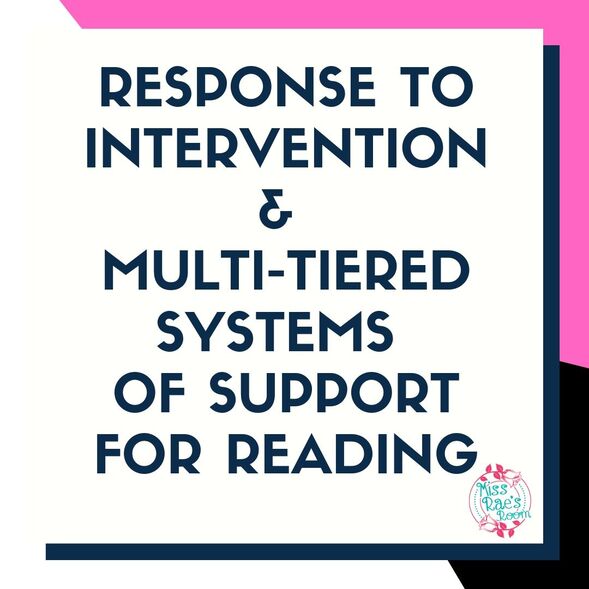
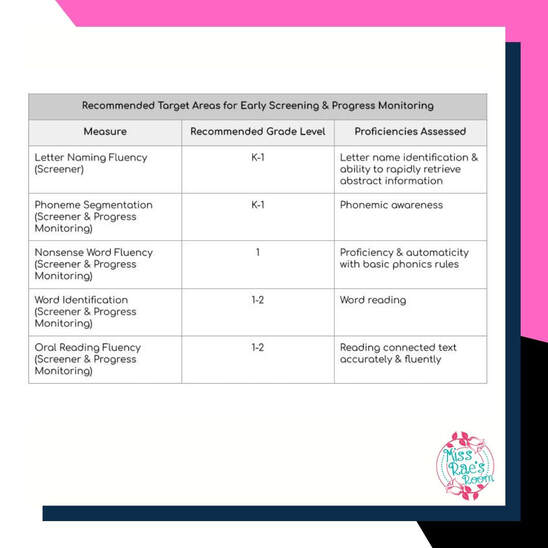
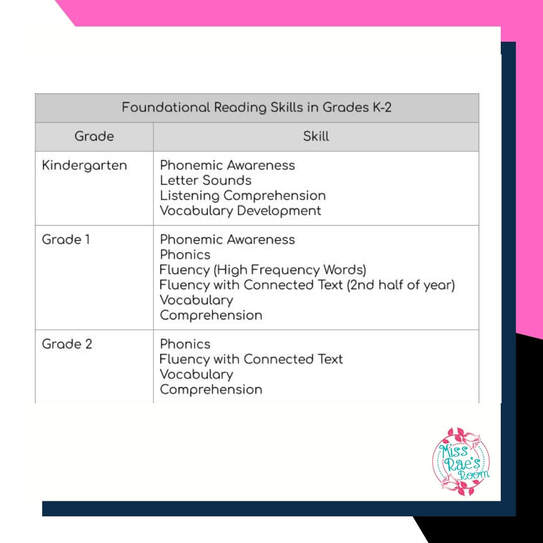
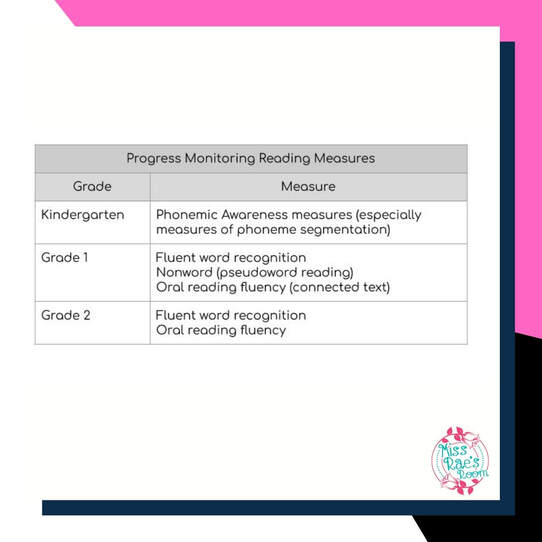
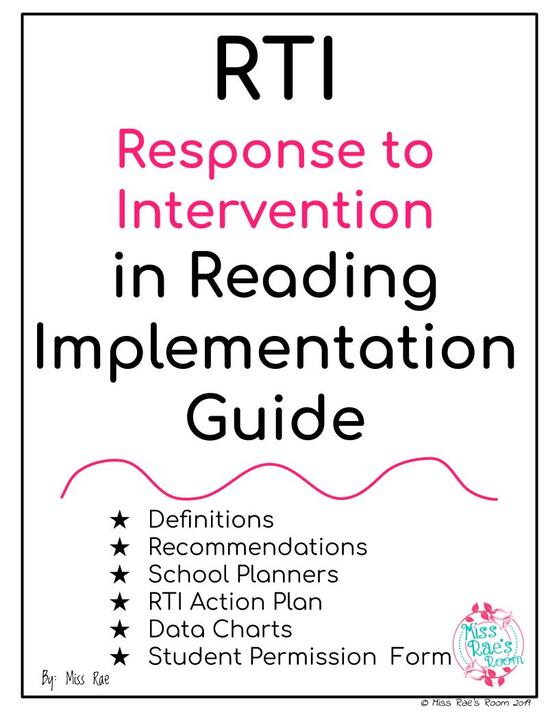
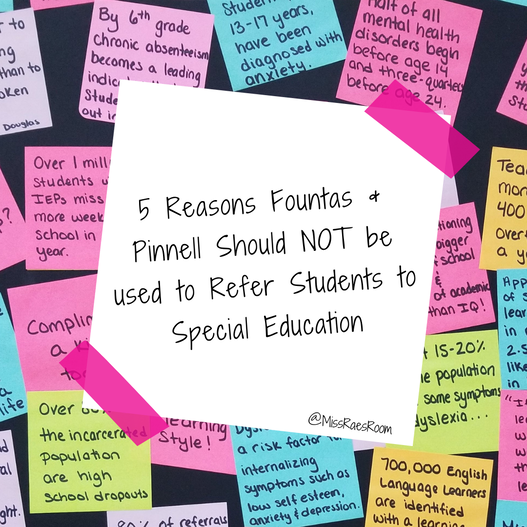
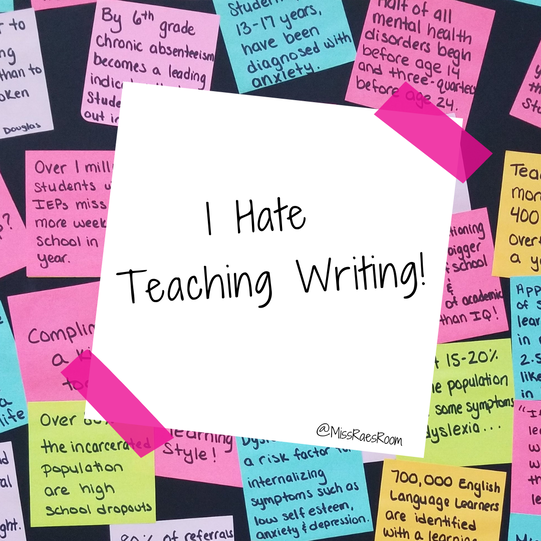
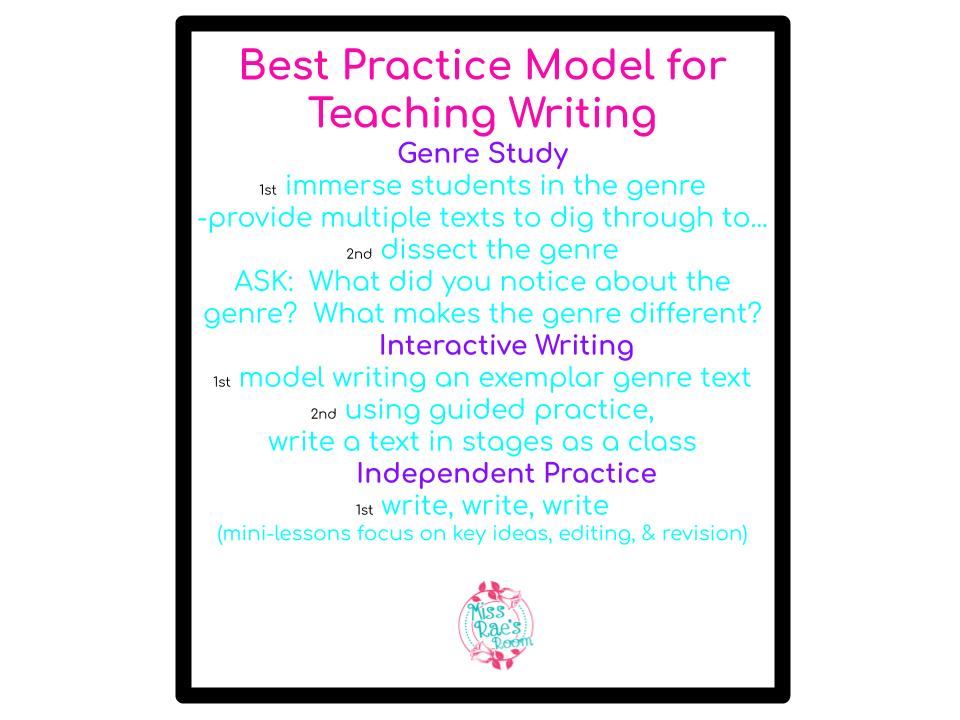


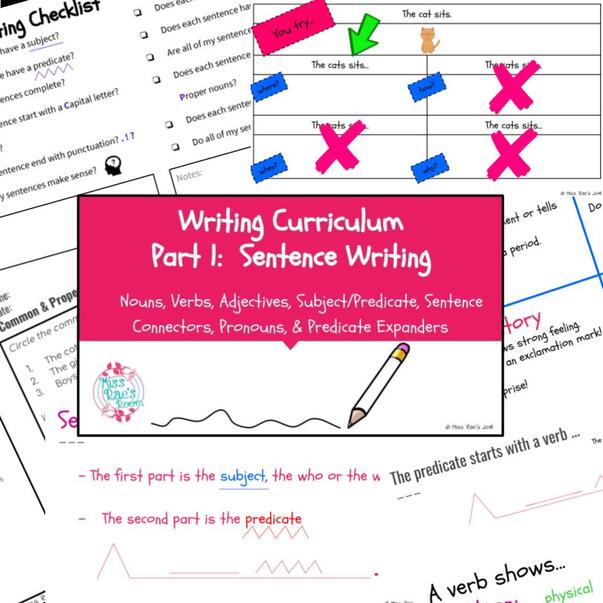
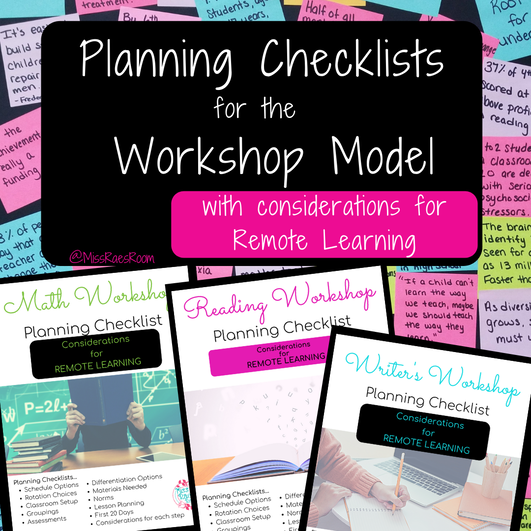
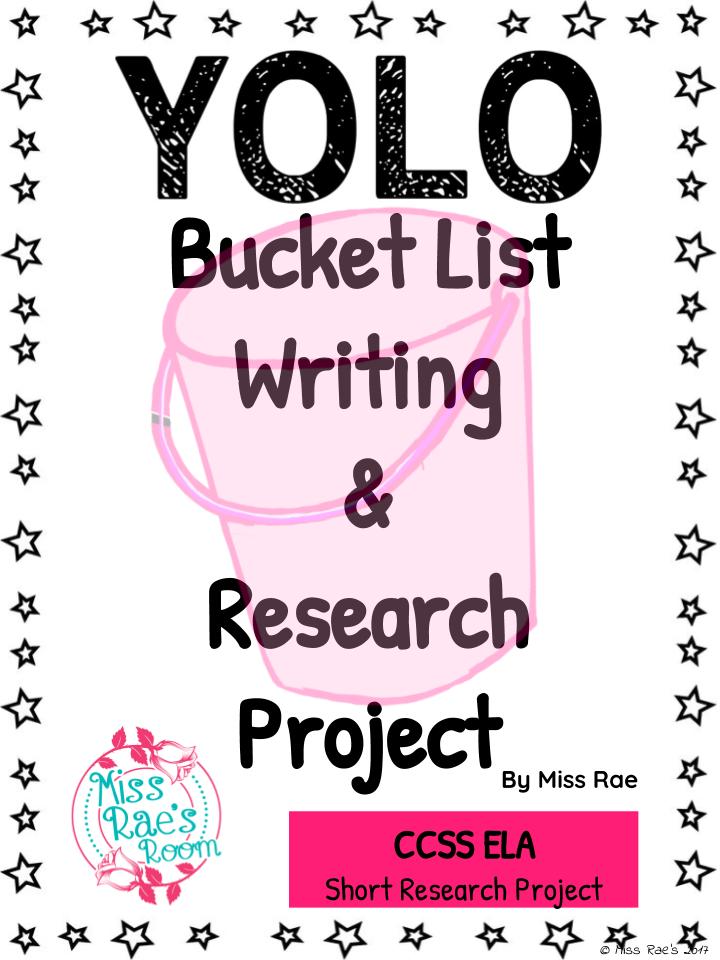
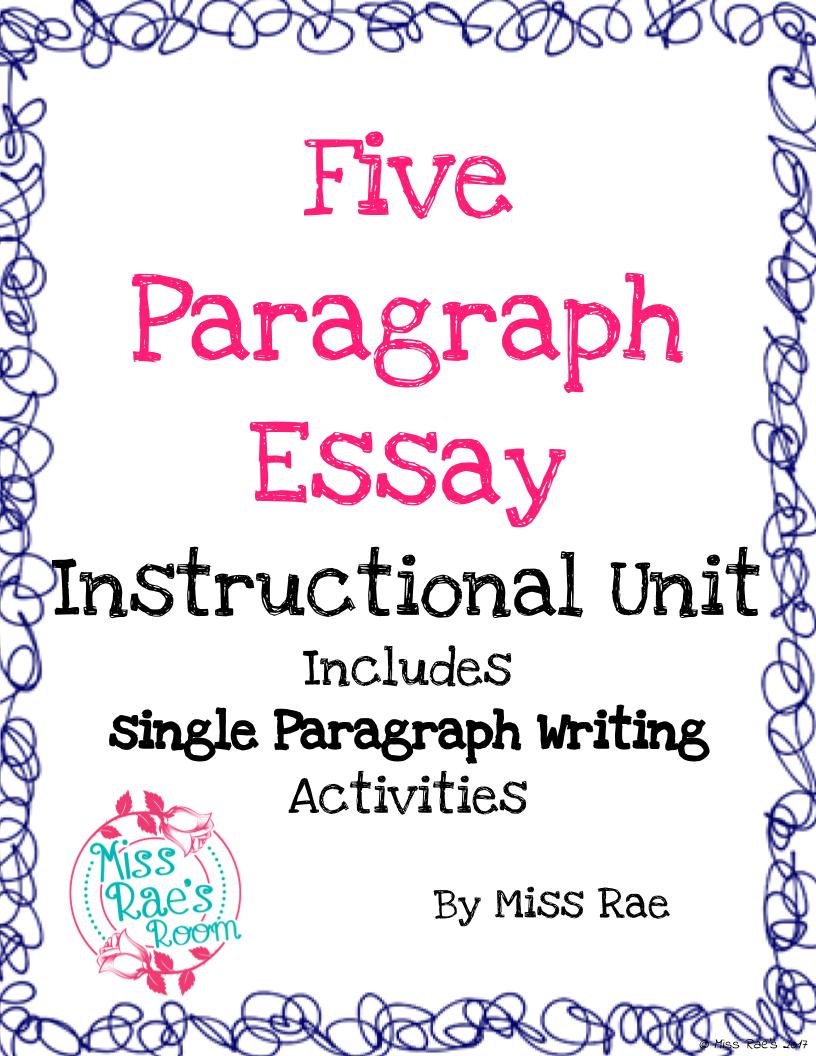
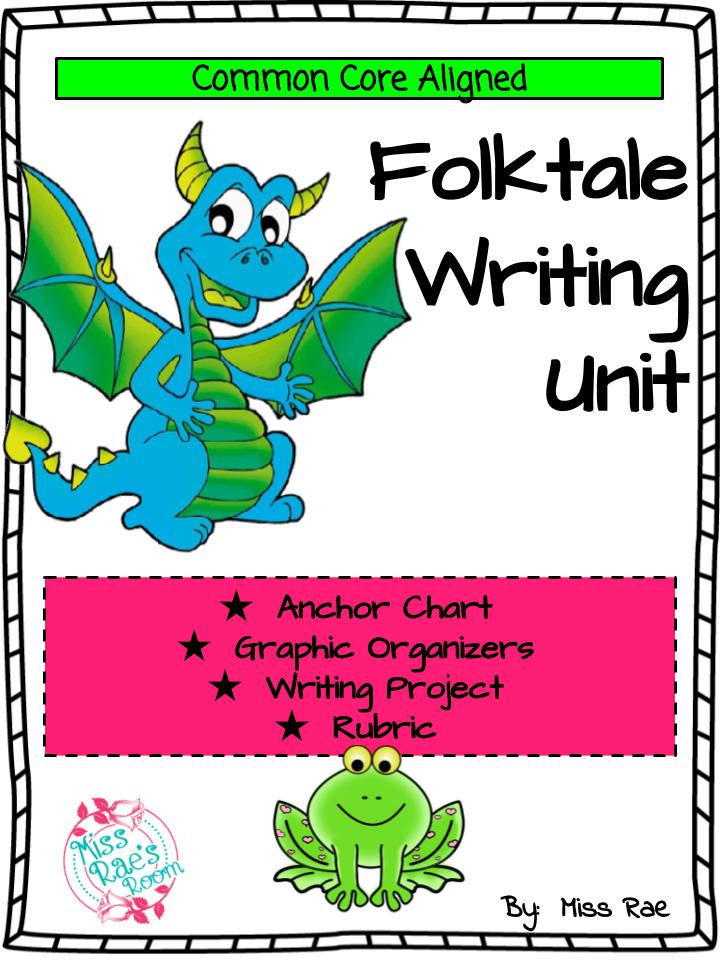
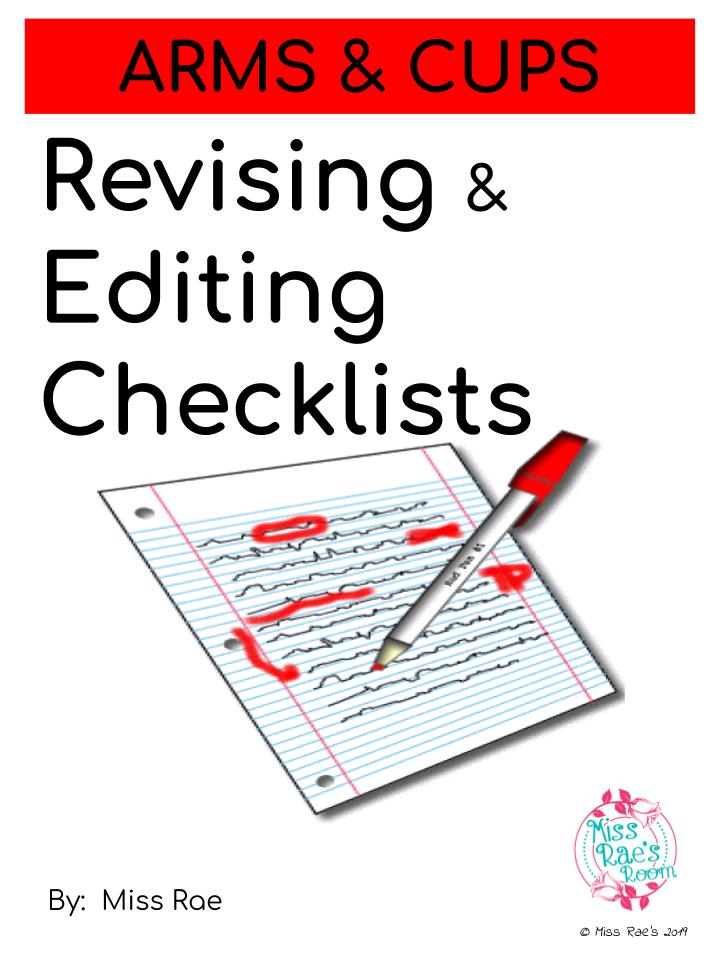
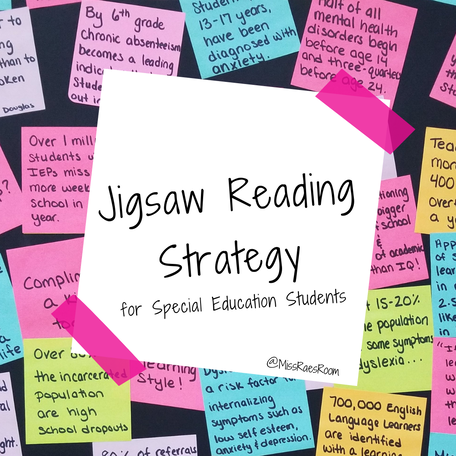
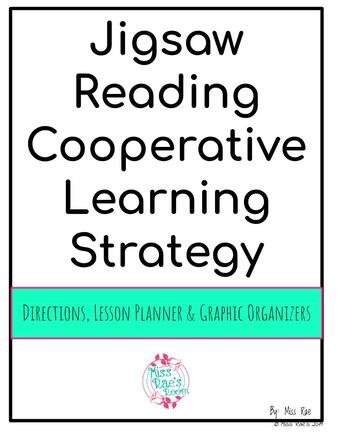

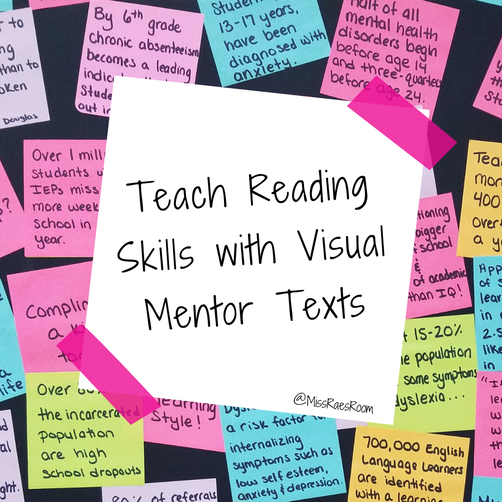
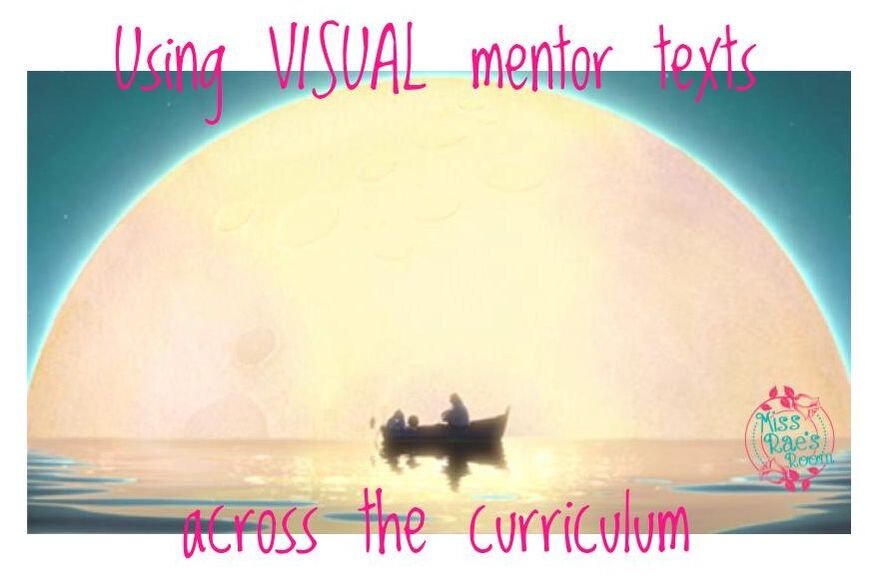
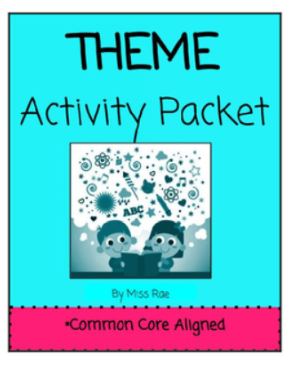



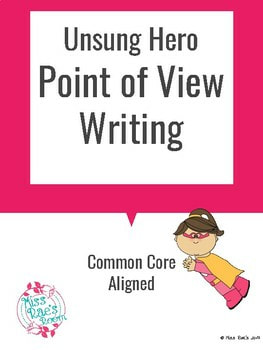
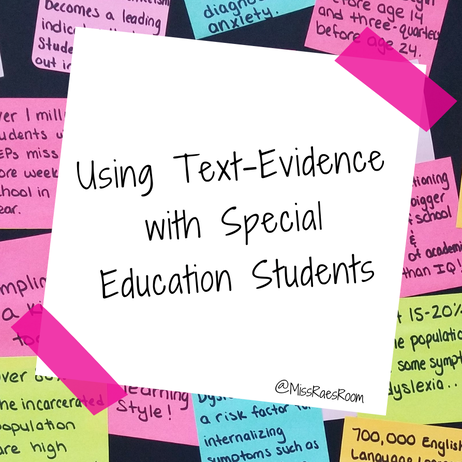
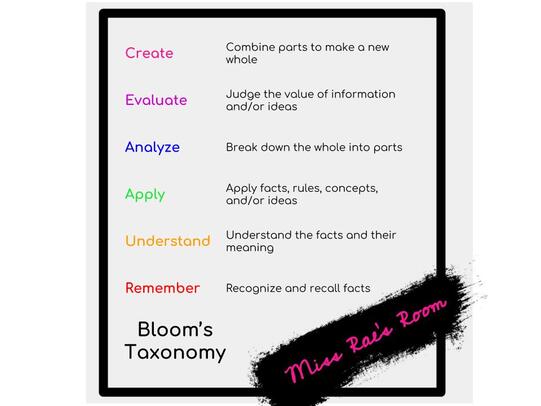
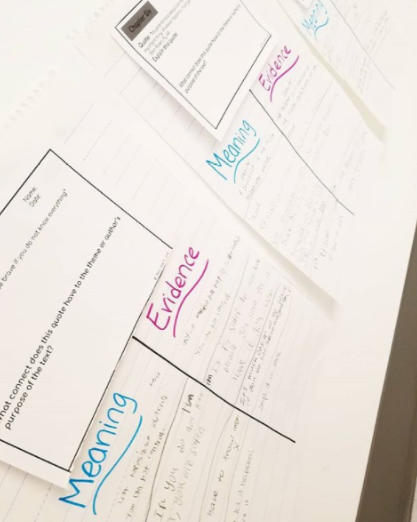
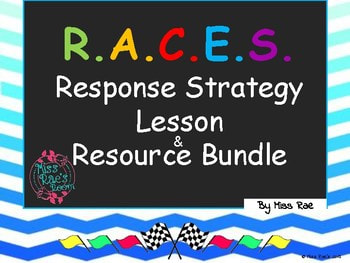
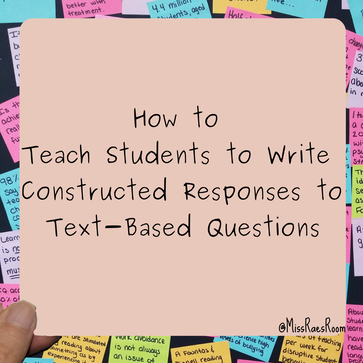
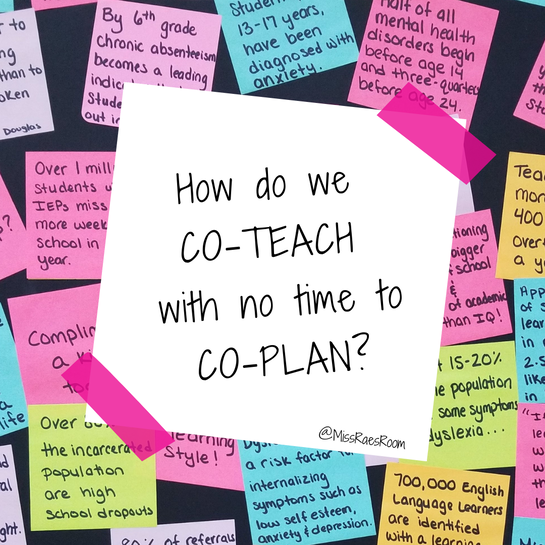
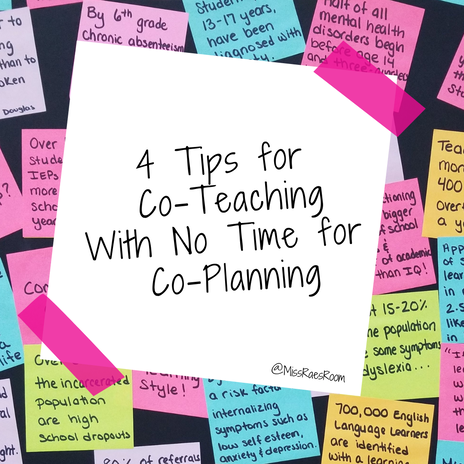
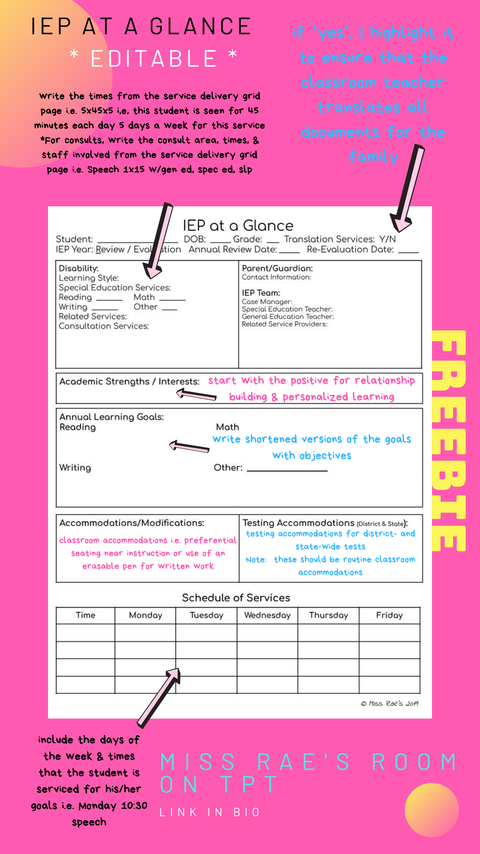
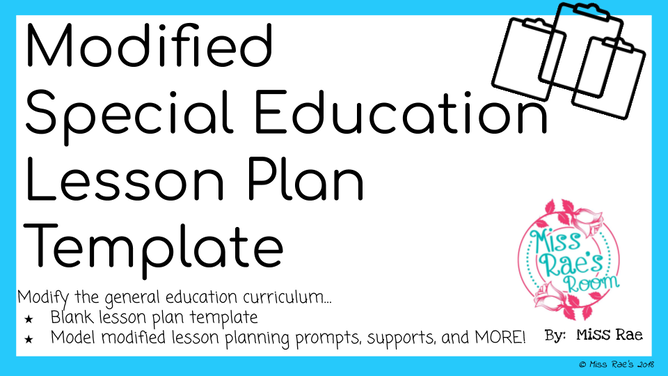
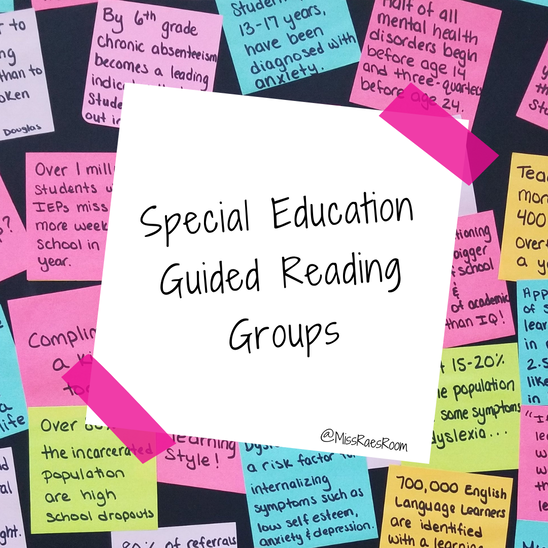
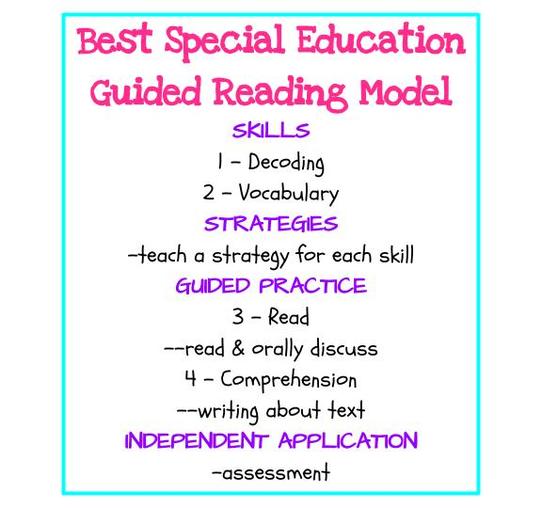
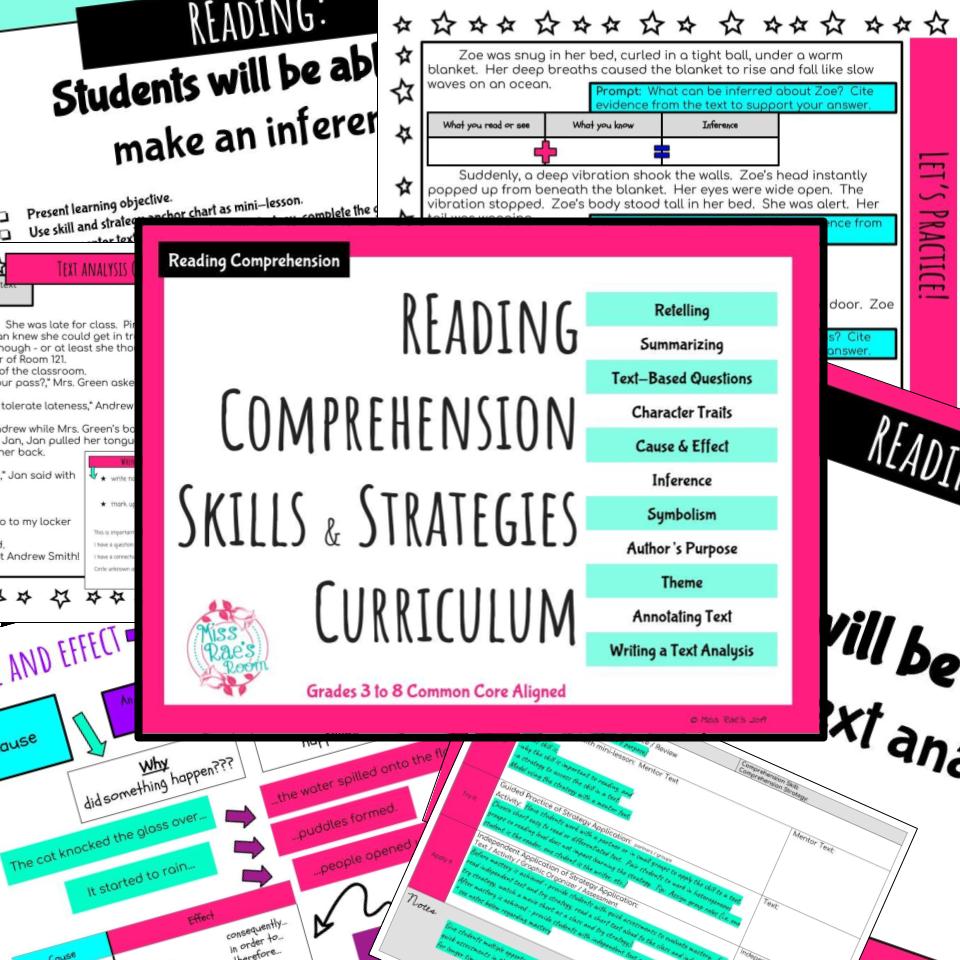
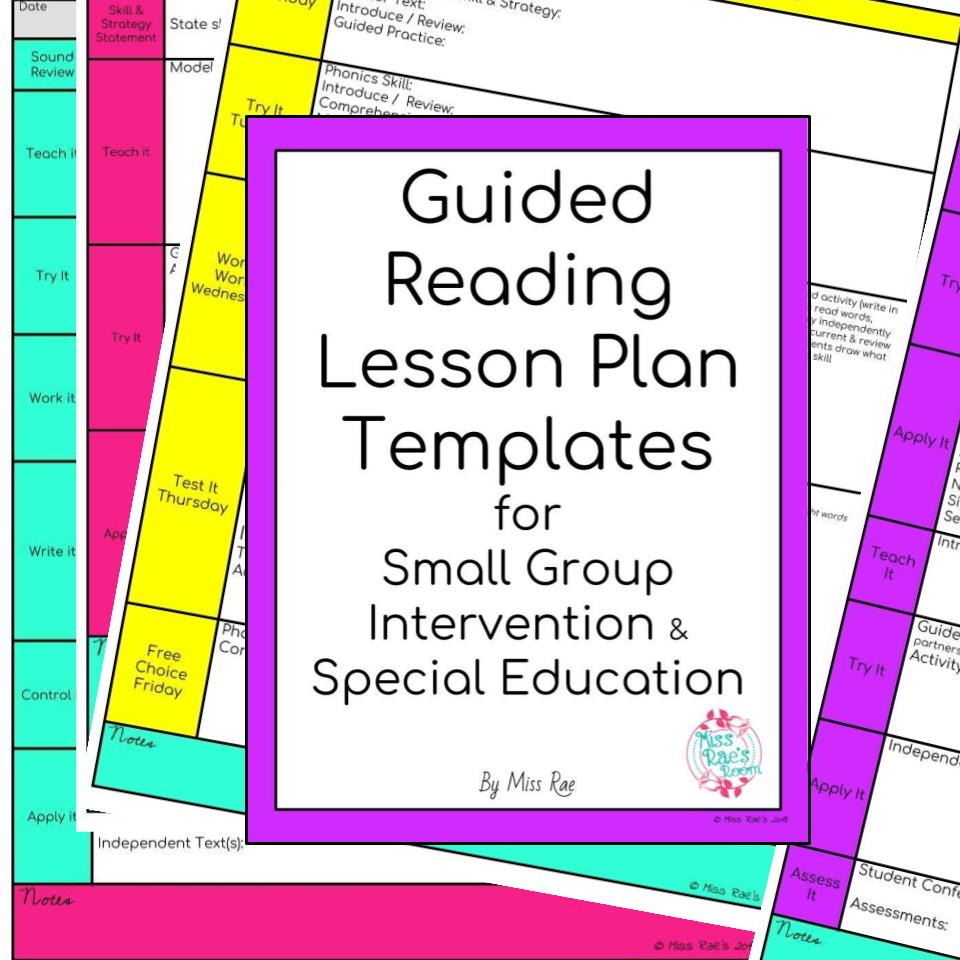
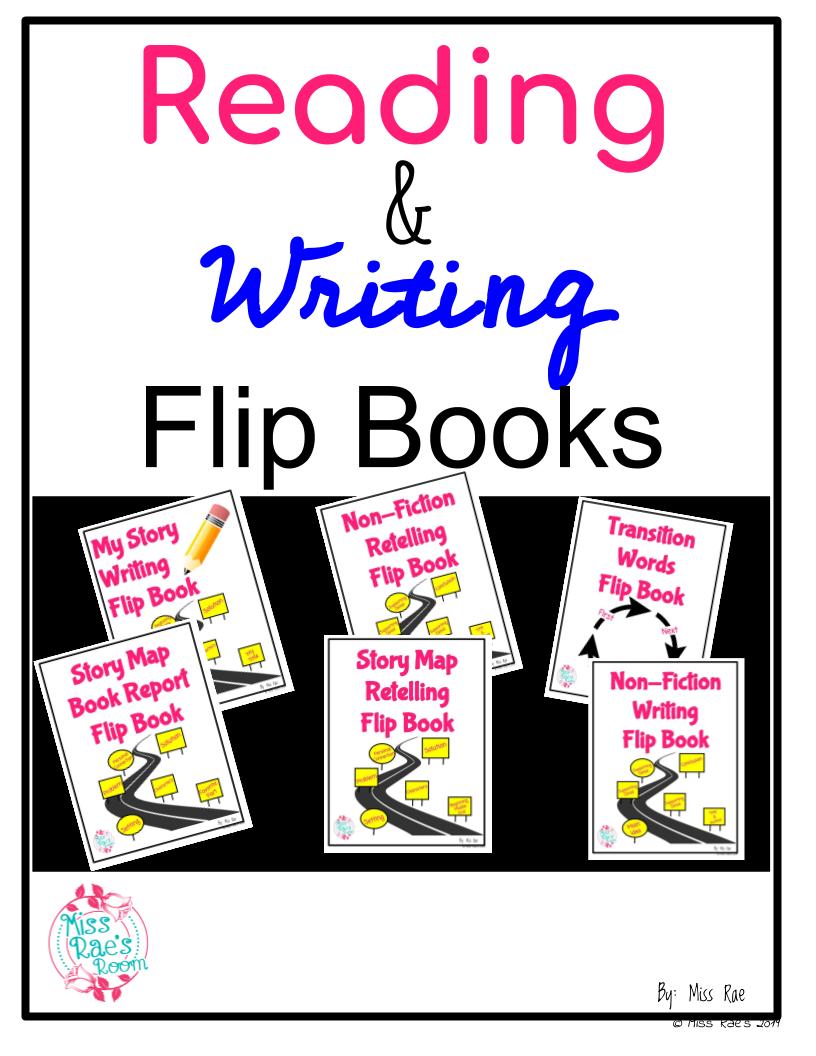
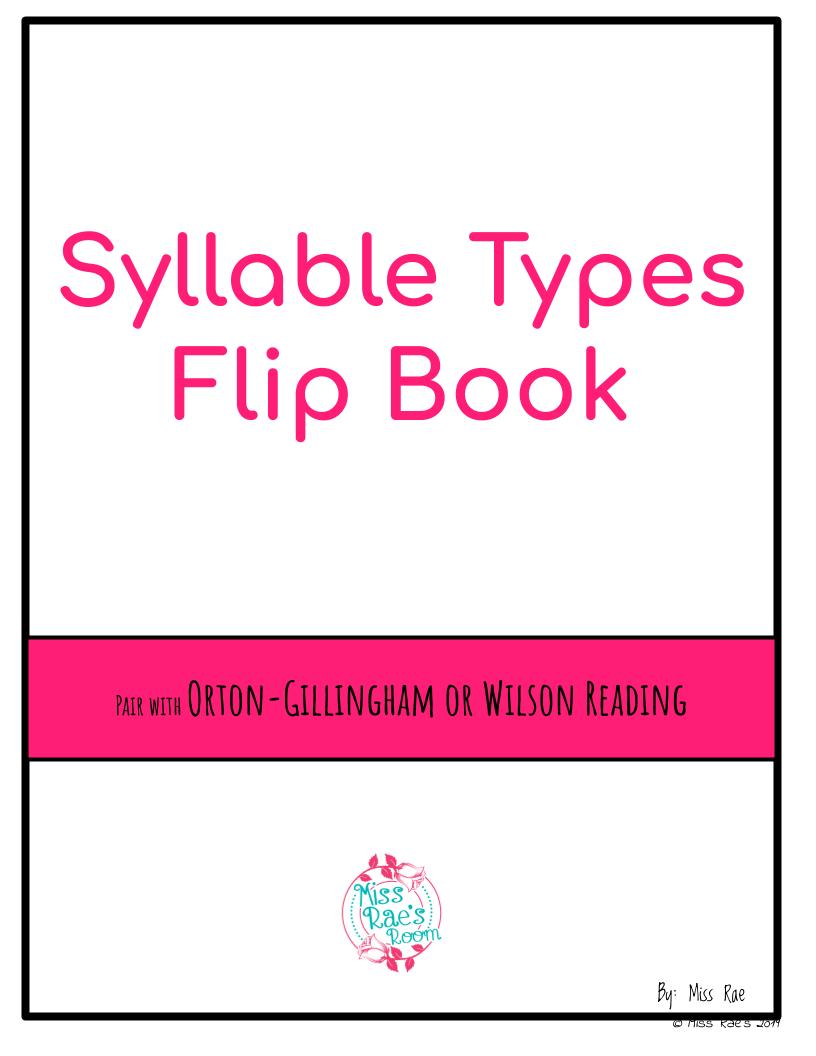
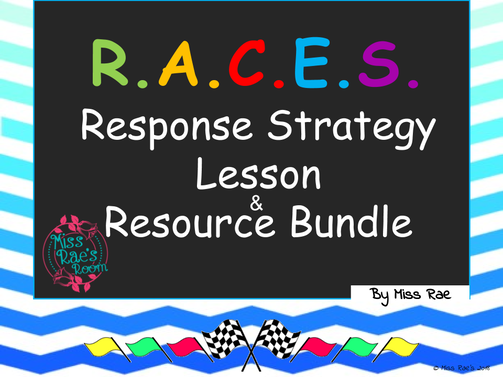
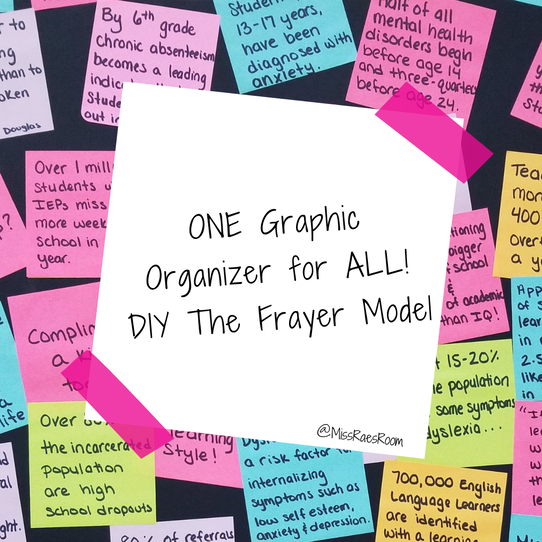
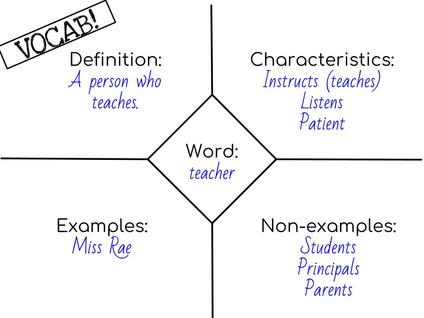
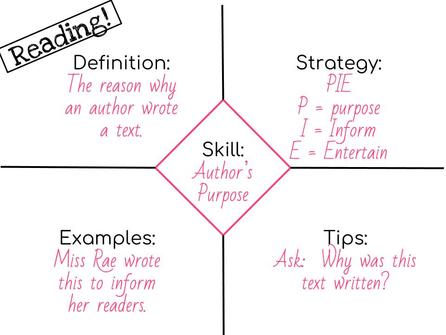
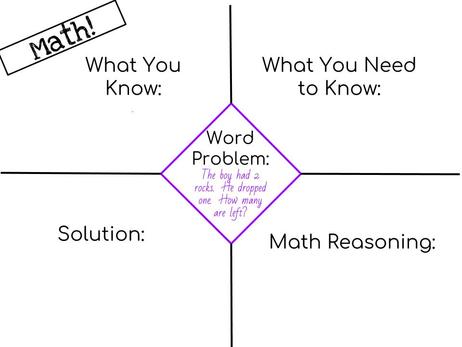
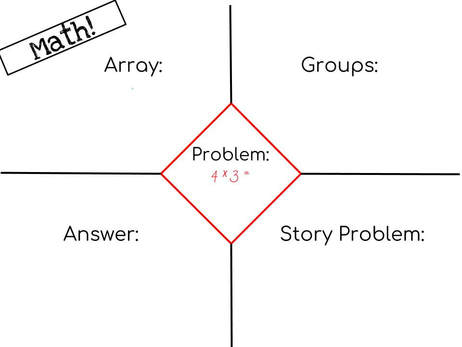
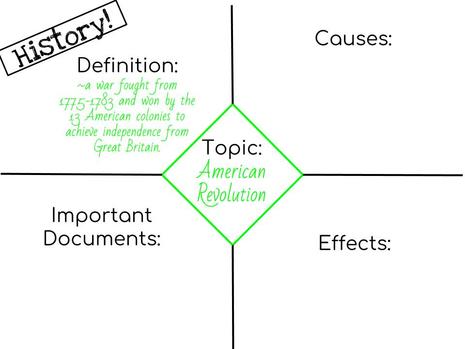
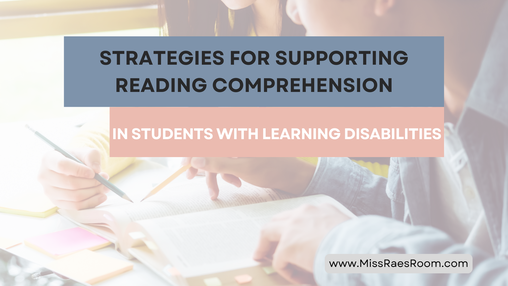

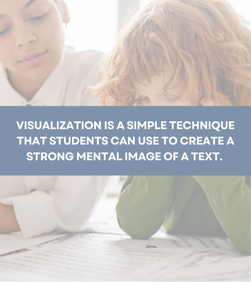
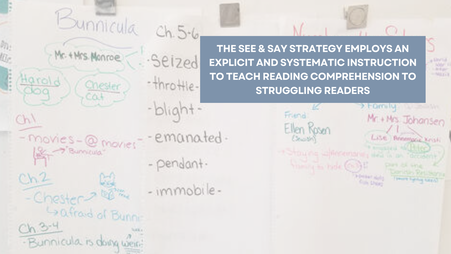
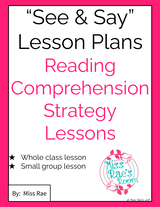
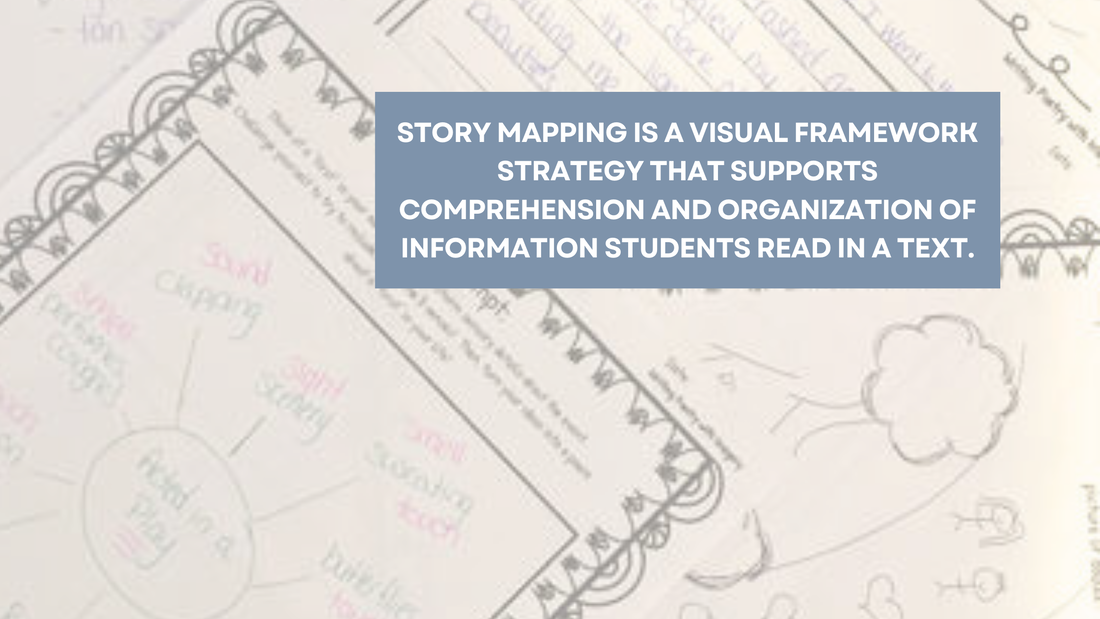
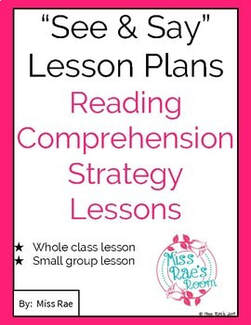
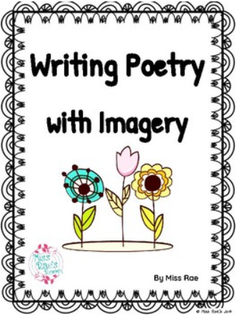
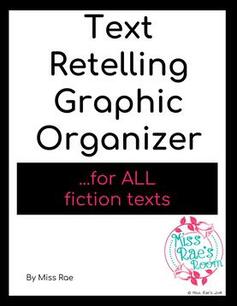
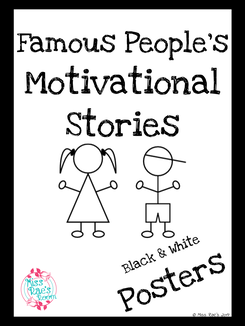
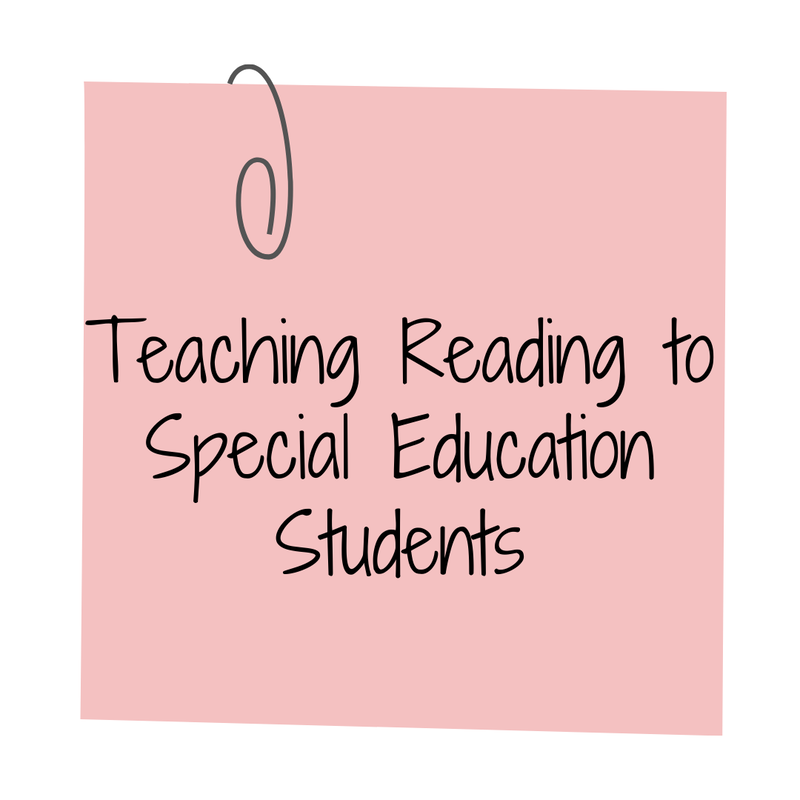
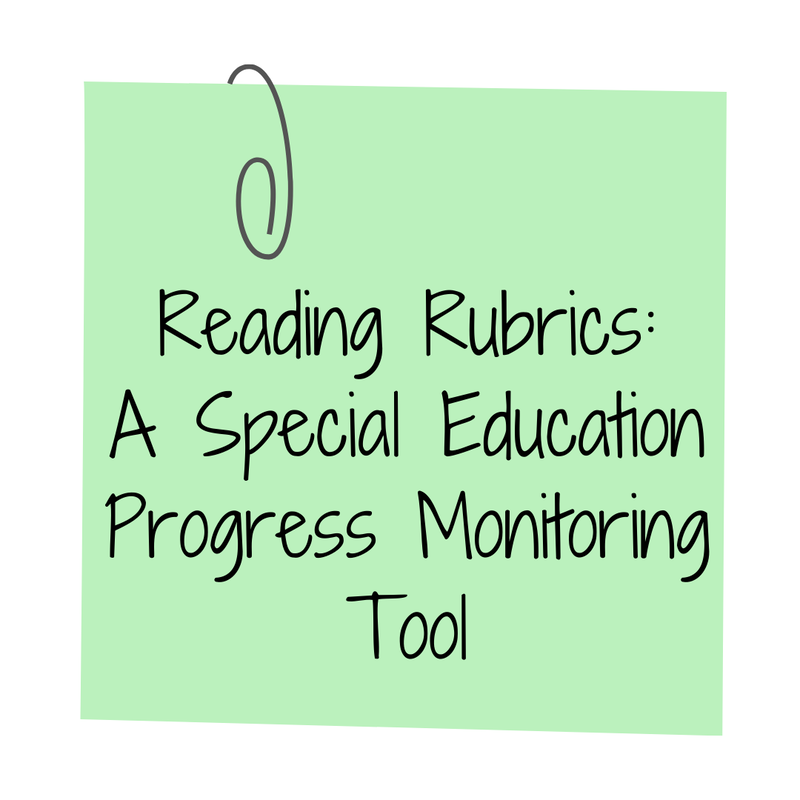
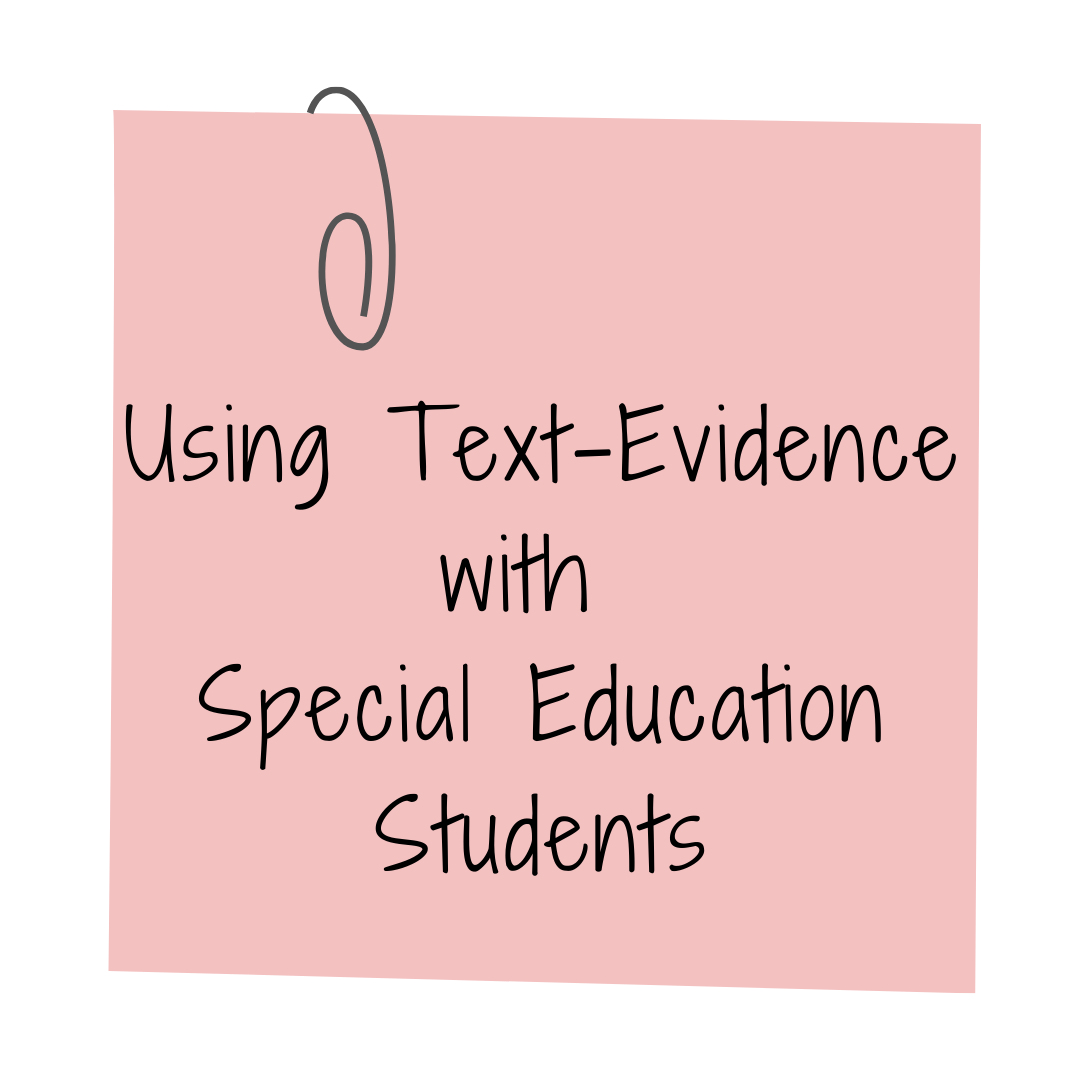
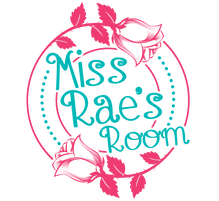
 RSS Feed
RSS Feed